All news
-
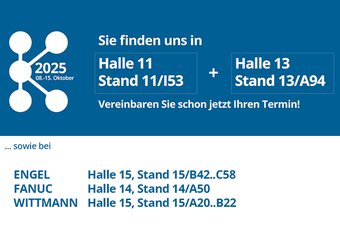 More +
More +SimpaTec at K – live, practical, customized
-
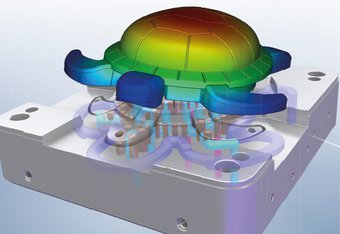 More +
More +Virtual product development live – SimpaTec at K!
-
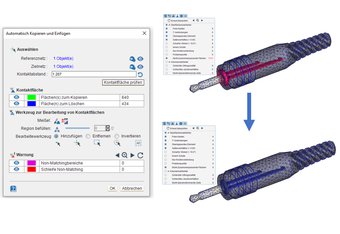 More +
More +Time-saving innovation: Automatic copy/paste in Moldex3D 2025.
-
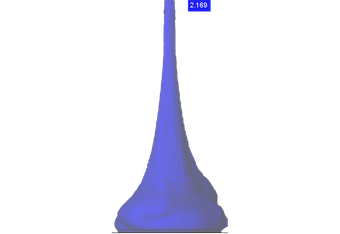 More +
More +Flow phenomenon known as “jetting”
-
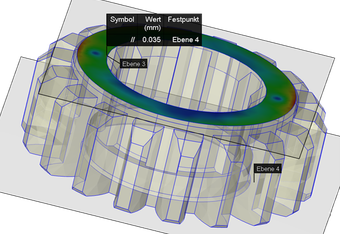 More +
More +Measurement functions in Moldex3D
-
 More +
More +Annealing
-
 More +
More +RPS alignment
-
 More +
More +New SKZ course with Dr. Michael Bosse
-
 More +
More +Mesh
-
 More +
More +Wall slip
-
 More +
More +Annealing
-
 More +
More +European MDX User Conference 2025
-
 More +
More +Alongside SKZ
-
 More +
More +Calculation of fiber breakage during different stages of injection molding process
-
 More +
More +Seminar designed as a hands-on introduction to the world of plastics
-
 More +
More +InThElekt research project
-
 More +
More +3D_Evolution
-
 More +
More +New CAD tools
-
 More +
More +Better simulation results due to more accurate modeling
-
 More +
More +Comparison functions in Moldex 3D
-
 More +
More +Christoph Cohn - New Company Developmen Director at SimpaTec
-
 More +
More +Evaluating the packing phase - 'simple' with Moldex3D
-
 More +
More +Comparisons and alternatives made easy - with MHC!
-
 More +
More +Merry Xmas & a Happy 2025! 🎄🍀
-
 More +
More +Precise electronic potting
-
 More +
More +New Digimat user interface
-
 More +
More ++++ plasticsYOU special offer +++
-
 More +
More +Grouping of calculation runs
-
 More +
More +Simulate for a Smart, Sustainable Future
-
 More +
More +Precise and efficient analysis of reinforced plastic components
-
 More +
More +Optimum simulation results through more careful modeling
-
 More +
More +Time to say good-bye - Marc Kur conquers new horizons
-
 More +
More +Moldex3D 2024 – Precise, detailed, powerful
-
 More +
More +'FULL-HOUSE' at the 2nd 'Kirchdorfer Talentewoche' 😀
-
 More +
More +Variotherm cooling
-
 More +
More +YEEES - we cracked the 6,000 😉!!
-
 More +
More +Sensor node - monitor the melt state during the injection molding process
-
 More +
More +Additive Manufacturing according to CAD-Engineering-Standard
-
 More +
More +Machine mode
-
 More +
More +Precise electronic potting
-
 More +
More +Resin Transfer Molding (RTM)
-
 More +
More +Feature and Link-Checker
-
 More +
More +MeKuMed - Production of hybrid pharmaceutical crimp caps using a combined thermoforming/reverse injection molding process with microform closure
-
 More +
More +Conformal cooling to achieve best possible component cooling
-
 More +
More +Particle tracing
-
 More +
More +Similar and yet completely different
-
 More +
More +WHY?
-
 More +
More +Determine the ideal packing time
-
 More +
More +Optics - Birefringence
-
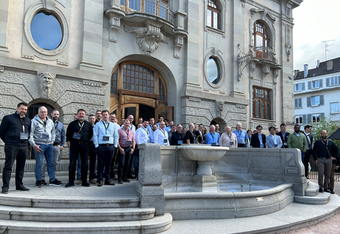 More +
More +Special all along!!
-
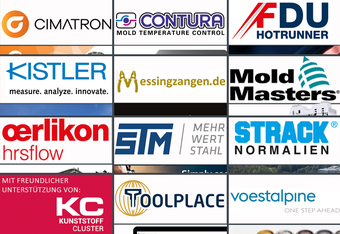 More +
More +The future of toolmaking - MiDay Austria 2024!!!
-
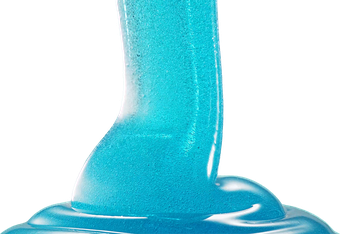 More +
More +Realistically determine viscoelastic flow behavior!!!
-
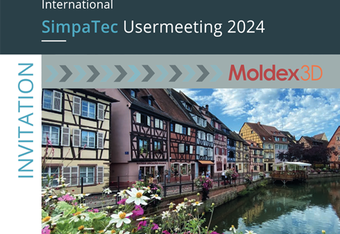 More +
More +International SimpaTec Usermeeting 2024 – straight-forward, personal, up-to-date!
-
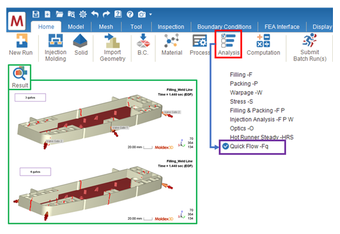 More +
More +'Quick Flow' - simplified filling analysis with Moldex3D
-
 More +
More +AGENDA is set - MiDay Austria 2024!
-
 More +
More +TightHybrid research project - media-dense plastic-metal hybrid composites
-
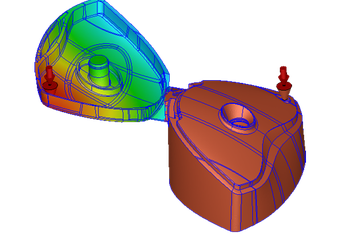 More +
More +Moldex3D Bi-Injection – Intelligent multi-component injection molding
-
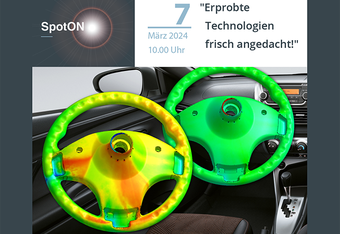 More +
More +SpotON "Proven technologies newly contemplated!"
-
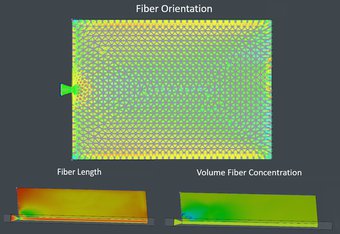 More +
More +The Importance of simulations of fiber filled materials
-
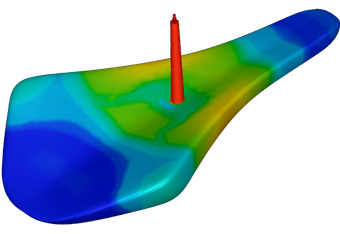 More +
More +Simulation of microcellular foaming
-
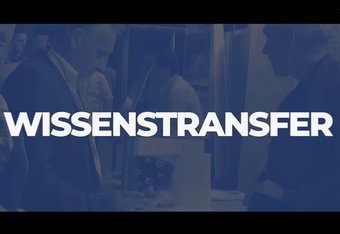 More +
More +Knowledge transfer 2024 – straight-forward, personal, up-to-date!
-
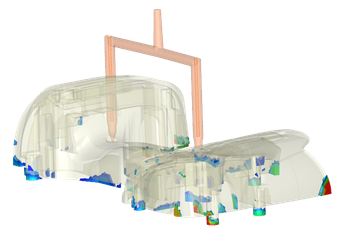 More +
More +Venting analysis
-
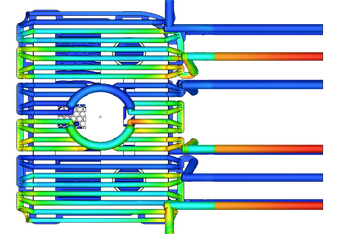 More +
More +Efficient 'COOLING' with 3D coolant CFD
-
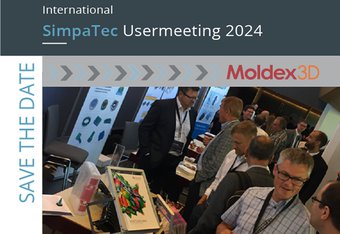 More +
More +Early bird - International SimpaTec Usermeeting, 16. + 17.04.2024!
-
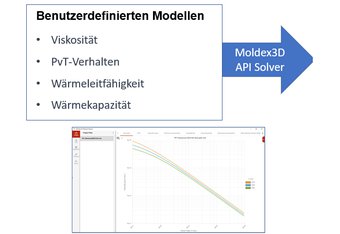 More +
More +Working with user-defined material models during simulation - thanks to Moldex3D API Solver!
-
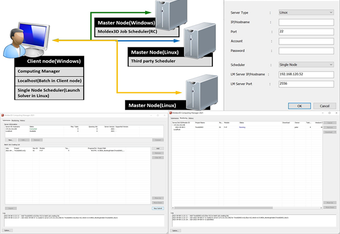 More +
More +Linux - a proficient alternative for computing servers
-
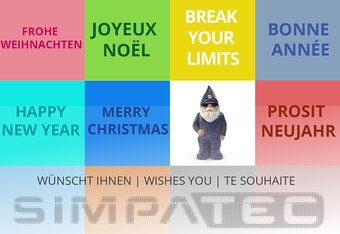 More +
More +Merry Xmas & a Happy 2024! 🎄
-
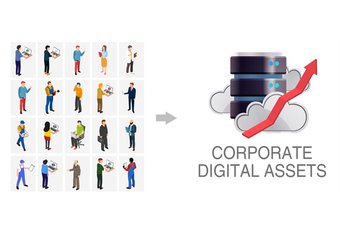 More +
More +Moldex3D iSLM - Security management
-
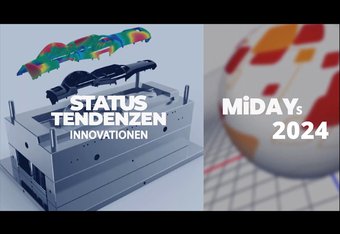 More +
More +Focus on future-oriented injection molding technologies - MiDay's 2024!
-
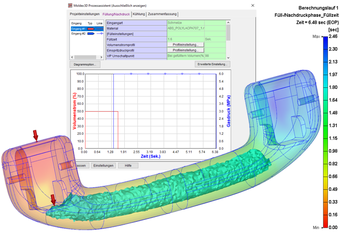 More +
More +Special GAIM/WAIM process in Moldex3D
-
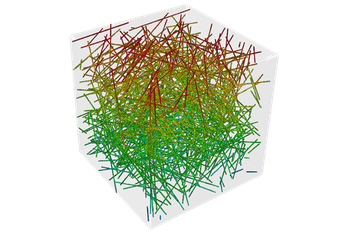 More +
More +Detailed analysis of reinforced components
-
 More +
More +International SimpaTec Usermeeting 2024 – Anniversary edition 😉
-
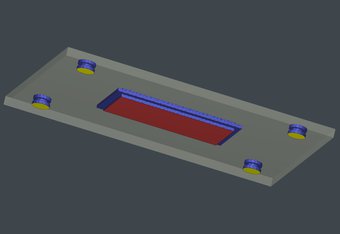 More +
More +Better simulation results by means of thorough modeling
-
 More +
More +High-quality surfaces by means of SVG
-
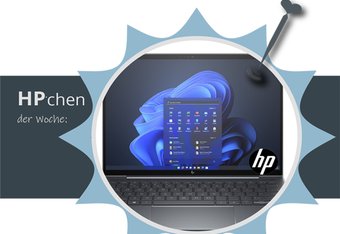 More +
More +HP special offer of the week - elegant & robust
-
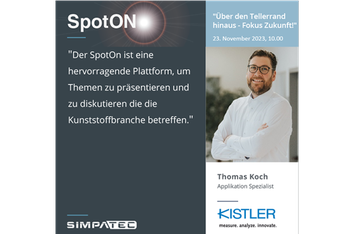 More +
More +SpotON "Outside the box - focus on the future!"😊
-
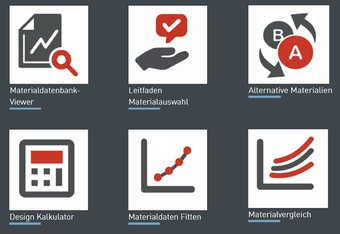 More +
More +MHC - Cutting-edge and high-performance material database
-
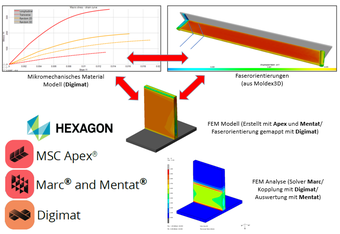 More +
More +Hexagon CAE software for structural calculations of plastic components
-
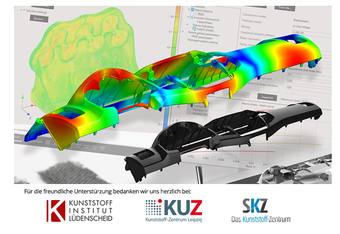 More +
More +Raod show - 'A LOT can - but only a LITTLE needs to'
-
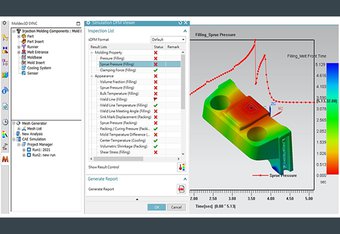 More +
More +Moldex3D SYNC!
-
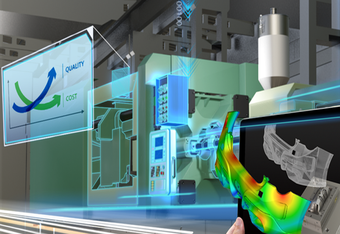 More +
More +Moldex3D - DIY
-
 More +
More +Raod show - 'A LOT can - but only a LITTLE needs to'
-
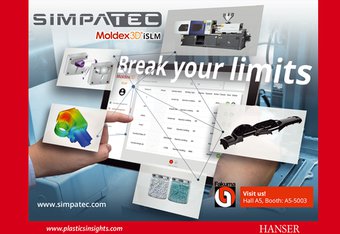 More +
More +'DETECTING' instead of searching
-
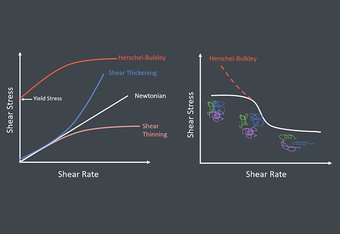 More +
More +The importance of viscosity model
-
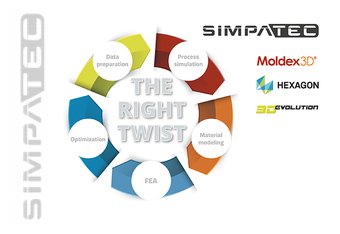 More +
More +VISIT us – FAKUMA, hall A5, A5-5003!
-
 More +
More +Olaf - on tour in Central Asia 🏔 - part 2
-
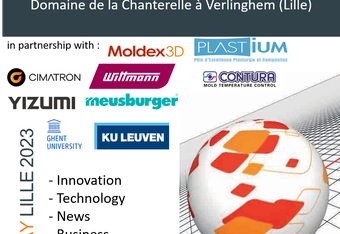 More +
More +Molding Innovation DAY_ 2023_Lille
-
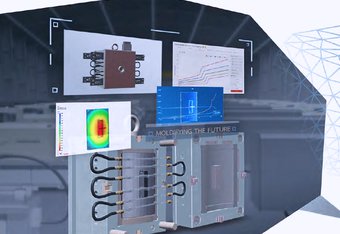 More +
More +Integration options for injection molding machines
-
 More +
More +Fakuma 2023 – Hall A5, A5-5003!
-
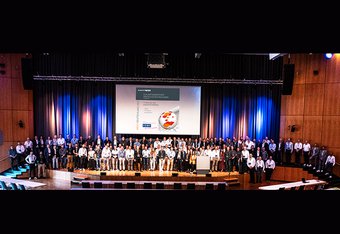 More +
More +MiDay Germany 2023 – Thank you!
-
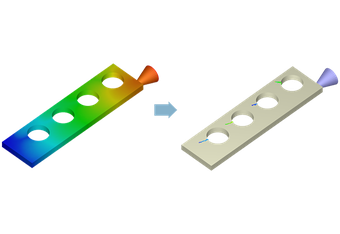 More +
More +Factor to predict the weld line strength
-
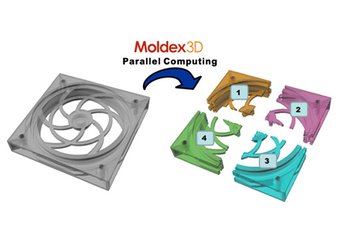 More +
More +Fast and flexible computing
-
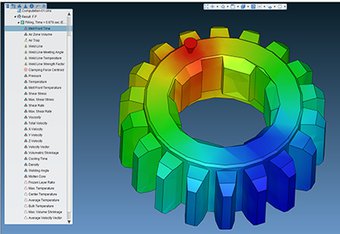 More +
More +Moldex3D Viewer
-
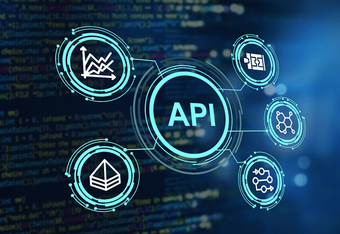 More +
More +Liberating workflow !!
-
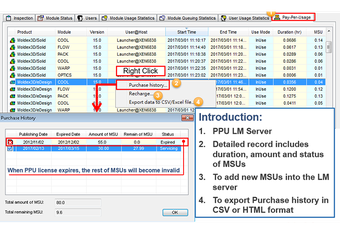 More +
More +PPU Licenses
-
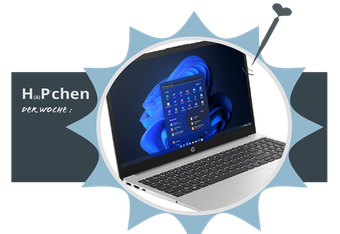 More +
More +Our HP- Appetizer of the week – strong performance
-
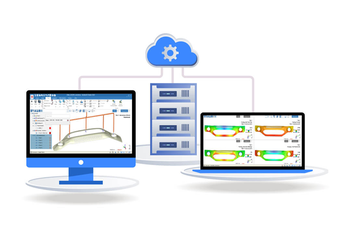 More +
More +Moldex3D Cloud-Connect
-
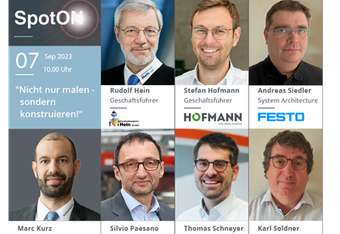 More +
More +SpotON "Not just drawing - solid designing!!"😊
-
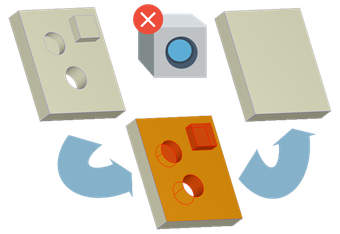 More +
More +Editing CAD geometry in Moldex3D Studio2023
-
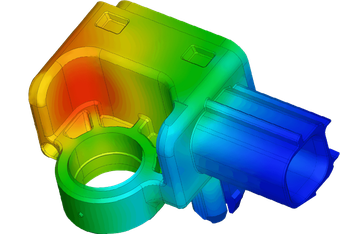 More +
More +Moldex3D 2023 – REAL integration’
-
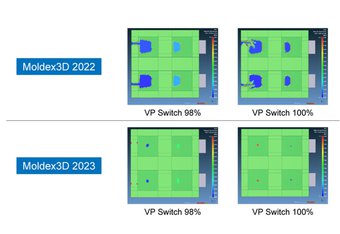 More +
More +Improved software capabilities and enhanced analysis accuracy
-
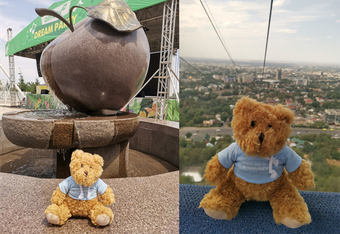 More +
More +Olaf - apples and snow-capped mountains😊 - part 1
-
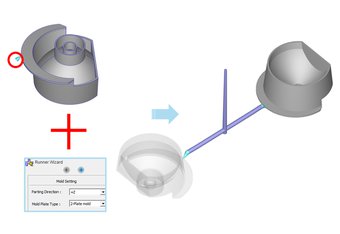 More +
More +'Cold Runner Wizard
-
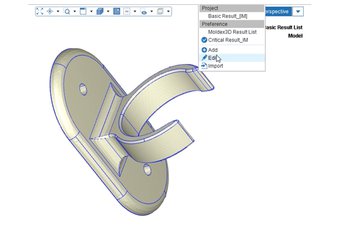 More +
More +More accurate and customized simulation reports
-
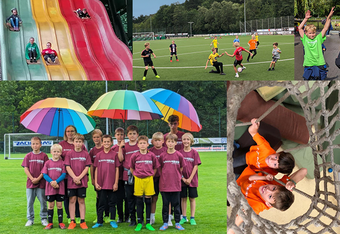 More +
More +"FFF 2023" - Fun and action 'crosswise'⚽
-
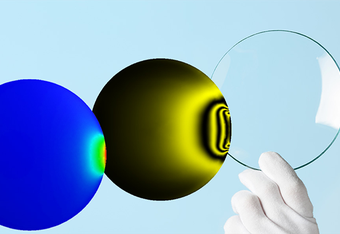 More +
More +Total "perspective" in terms of optics
-
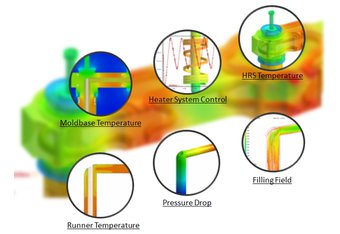 More +
More +Successfully mastering thermal challenges in hot runners!
-
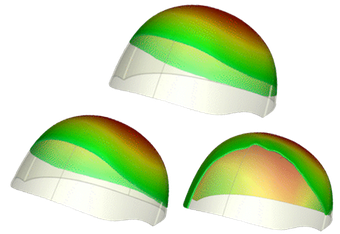 More +
More +Solving complex processes in 'a blink of an eye'
-
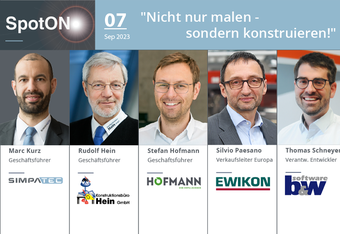 More +
More +SpotON "Not just drawing - solid designing!!" 😊
-
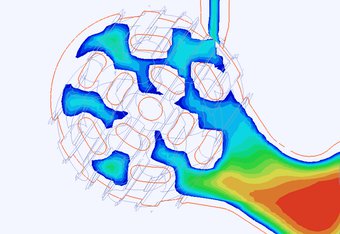 More +
More +Quickly and efficiently determine the packing time
-
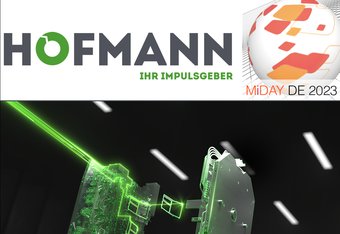 More +
More +Hofmann - der Impulsgeber at MiDay 2023!
-
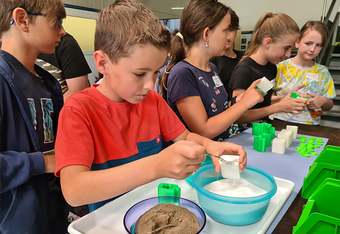 More +
More +TALENT WEEK in Kirchdorf - a great success!
-
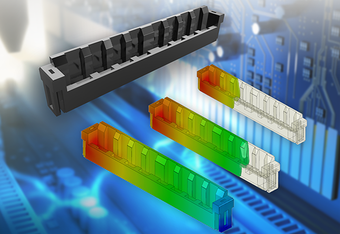 More +
More +Moldex3D 2023 – Literally ‘REAL’
-
 More +
More +Easy to use and robust solutions - by means of 'MARC'
-
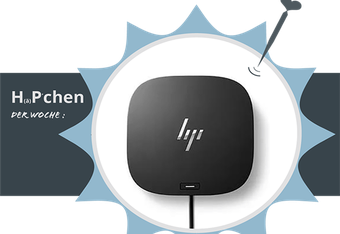 More +
More +Our HP- Appetizer of the week – compact desk liberator
-
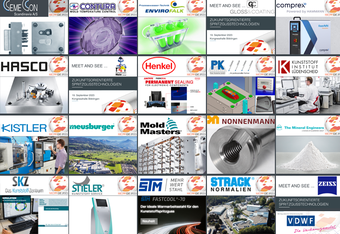 More +
More +MiDay Germany 2023 – Agenda is set!!
-
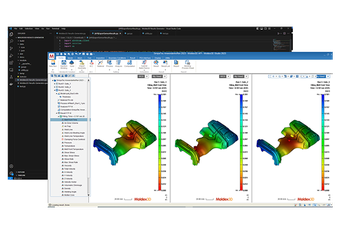 More +
More +Fast determination of gating positions with Moldex3D API
-
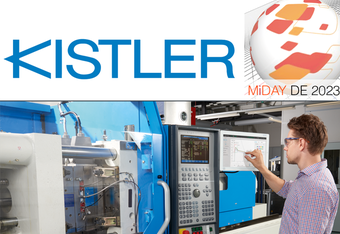 More +
More +Kistler at MiDay Germany 2023!
-
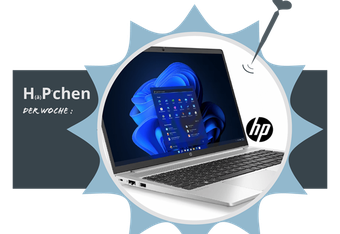 More +
More +Our HP- Appetizer of the week - allrounder with a 'long puff'
-
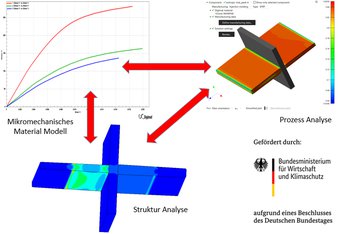 More +
More +HiAD – research project
-
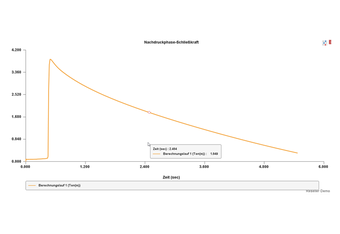 More +
More +Clamping force
-
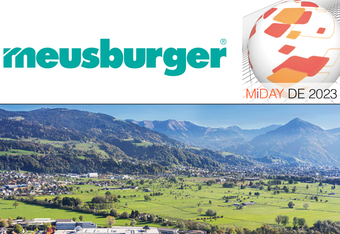 More +
More +Meusburger at MiDay Germany 2023!
-
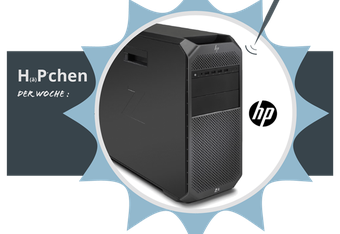 More +
More +Our HP- Appetizer of the week - popular visualization pro!
-
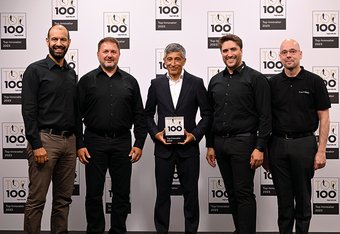 More +
More +SimpaTec awarded as TOP-Innovator 2023!
-
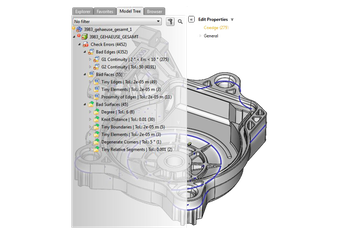 More +
More +Sound analyses by means of certified quality check
-
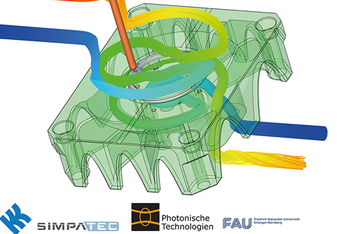 More +
More +Smart Cooling
-
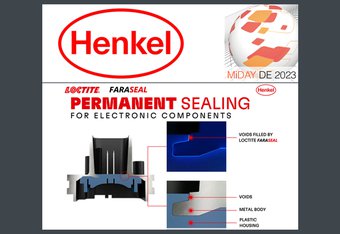 More +
More +LOCTITE-FARASEAL technology?! Learn all about it at MiDay 2023!
-
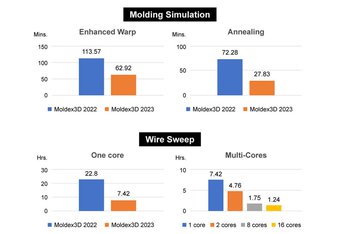 More +
More +BRISKY computing power with Moldex3D 2023!
-
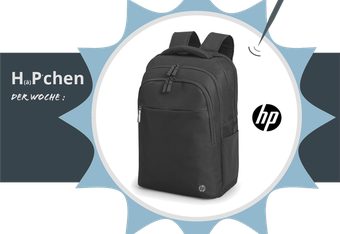 More +
More +Our HP- Appetizer of the week – sustainable PROTECTION!!!
-
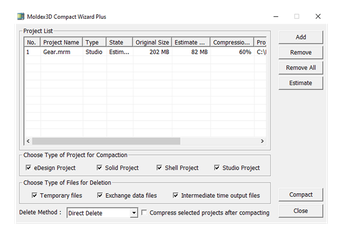 More +
More +SAVE SPACE - keep simulation projects 'lean'!
-
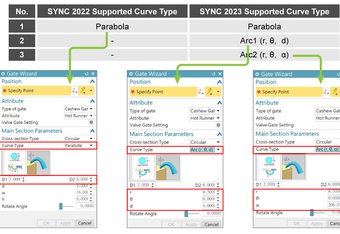 More +
More +Moldex3D 2023 Sync - MAGIC for your daily work
-
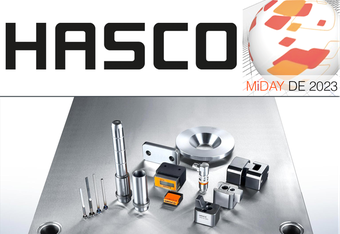 More +
More +Full-range supplier for mold making at MiDay 2023!
-
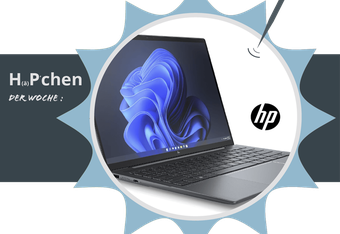 More +
More +Our HP- Appetizer of the week – sustainably brilliant!
-
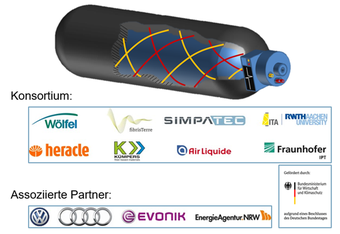 More +
More +smartVessel - integration of fiber-based sensors during the production of hydrogen tanks
-
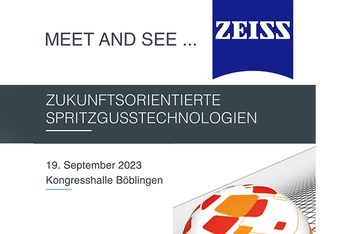 More +
More +MiDay Germany 2023 - Professionals up close!
-
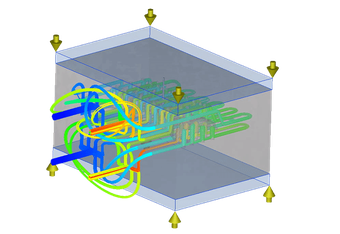 More +
More +Comprehensive cooling channel simulation
-
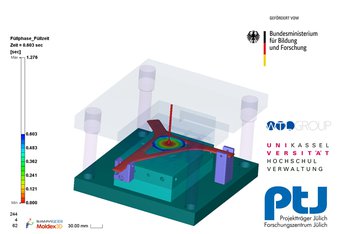 More +
More +TightHybrid - Media-tight plastic-metal hybrid composites
-
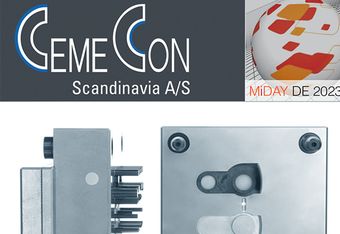 More +
More +MiDay Germany 2023 - meet top exhibitors 😊!
-
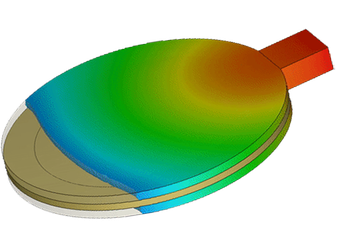 More +
More +LOOK inside and get the PERSPECTIVE- Moldex3D multilayer injection molding for thick-walled plastic optics!
-
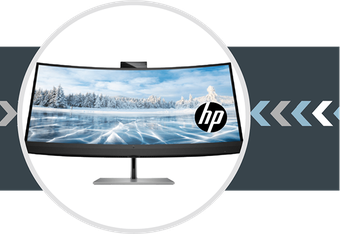 More +
More +Discounts, discounts, discounts at HP!
-
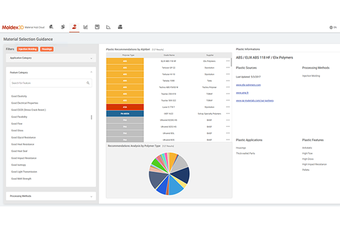 More +
More +‘Material Selection Guidance’ with MHC
-
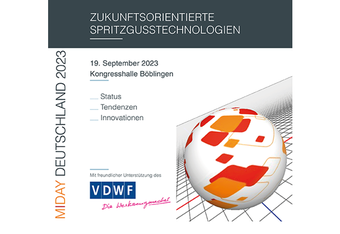 More +
More +MiDay Germany 2023 - focus on seminal injection molding technologies 😊!
-
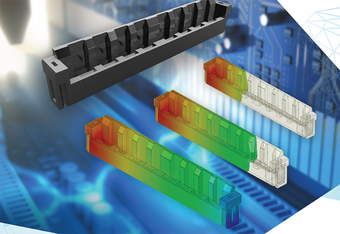 More +
More +'GO' for Moldex3D 2023 is tangible 😊!!!
-
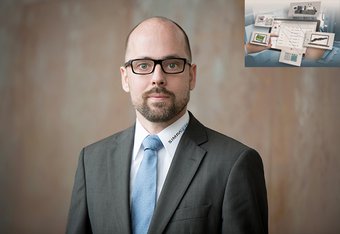 More +
More +“Talking about the Digitalization of Digitalization”
-
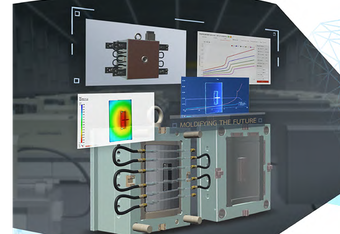 More +
More +Two-way integration of molding simulation and machine production
-
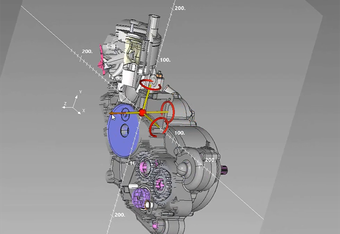 More +
More +Envelope geometry at the push of a button
-
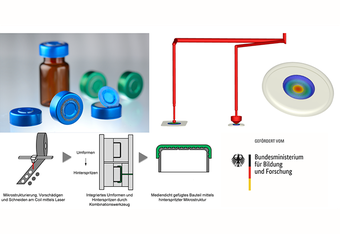 More +
More +MeKuMed - Manufacturing of hybrid medical technology products by means of an innovative production chain
-
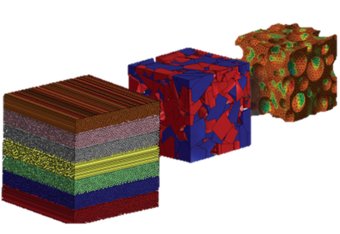 More +
More +Composite Seminar on June 20, 2023!
-
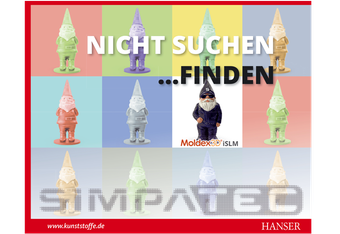 More +
More +'DETECTING' instead of searching
-
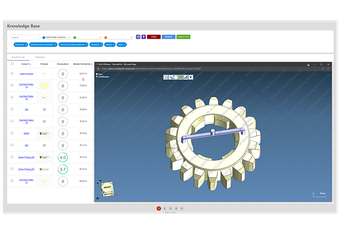 More +
More +FINDING data - a 'piece of cake' with iSLM
-
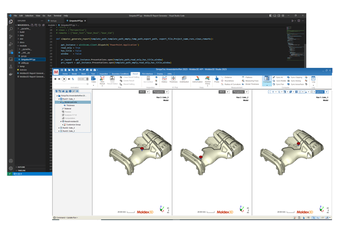 More +
More +Saving time and effort – with Moldex3D Studio API and its automated processes
-
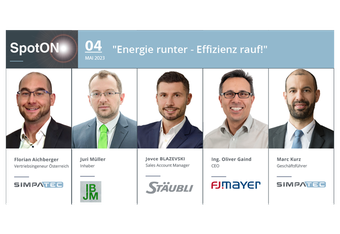 More +
More +SpotON with focus on "energy efficiency" 😊
-
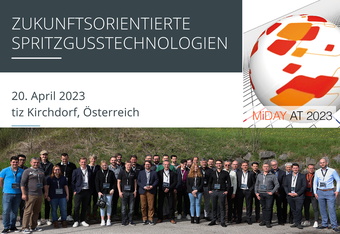 More +
More +MiDay Austria - Thank you!
-
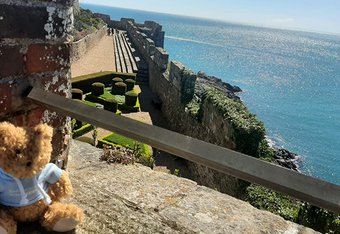 More +
More +Olaf is back 😊
-
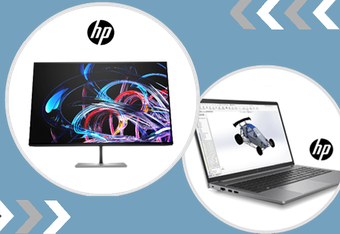 More +
More +%%%%% - grab them now 'APRIL Hardware Specials
-
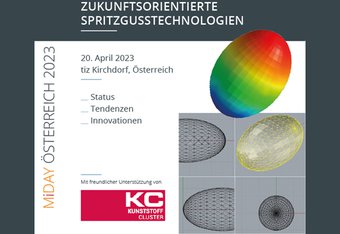 More +
More +What do Easter and our MiDay have in common!?! 🤷♀️😁
-
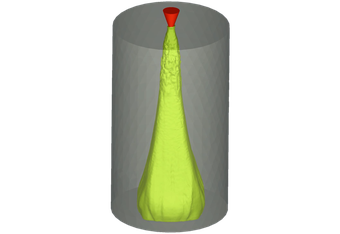 More +
More +Analyses of viscous and elastic properties of polymeric materials
-
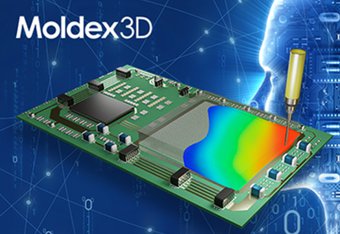 More +
More +Get started with Moldex3D 2023 soon 😊!!
-
 More +
More +Knowledge - pure and without advertising!
-
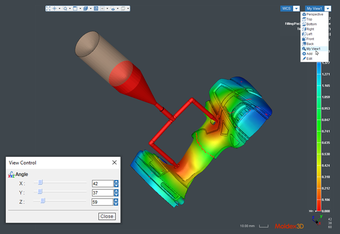 More +
More +Screenshots with the same LOOK & FEEL in Moldex3D
-
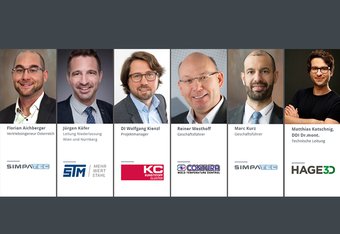 More +
More +MiDay Austria - Agenda is defined!
-
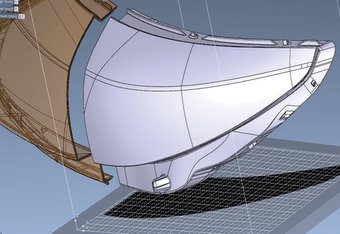 More +
More +Make TWO out of ONE!
-
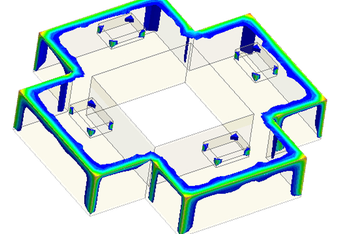 More +
More +MCM - Temperature of the re-melted area
-
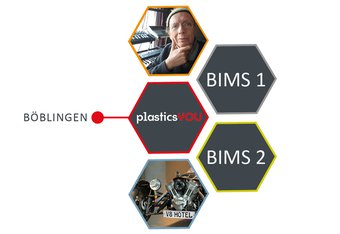 More +
More +Get close – BIMS Seminars in May!
-
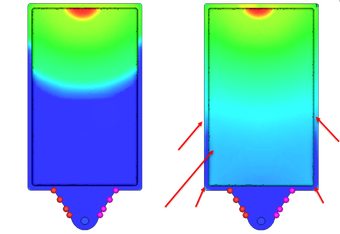 More +
More +Foaming: Precise prediction of the pore size
-
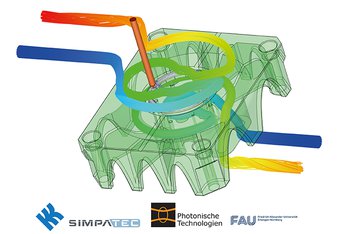 More +
More +Smart Cooling
-
 More +
More +Active knowledge transfer - MiDay Austria!!!
-
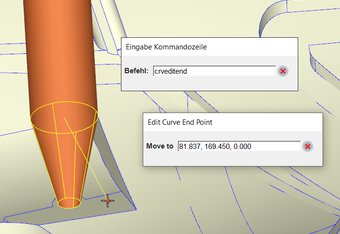 More +
More +Moving line ends
-
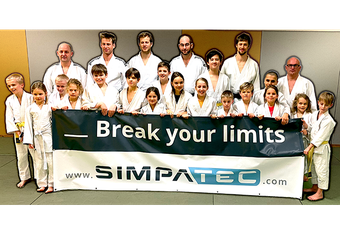 More +
More +Break your limits: JV Micheldorf is happy about their new sponsor SimpaTec
-
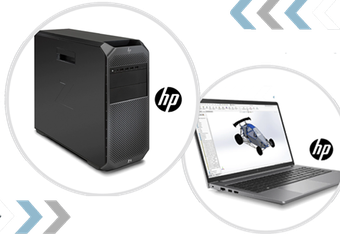 More +
More +Grab your chance - 'Special Hardware Specials!!
-
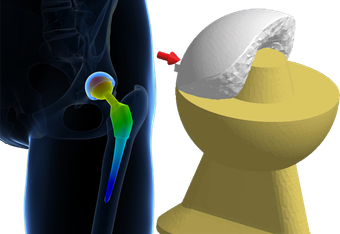 More +
More +MCM injection molding– innovative combination of different materials
-
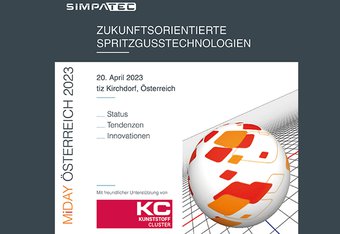 More +
More +MiDay Austria on April 20, 2023!!
-
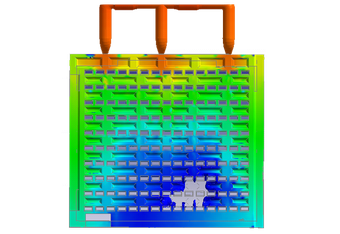 More +
More +Liquid Crystals Polymers (LCP)
-
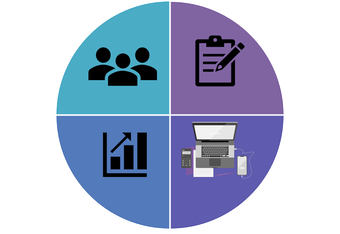 More +
More +Easily manage and analyze mold simulation data for your entire business
-
 More +
More +Correct and accurate material data for reliable analyses
-
 More +
More +Snap – go for our SpotON 😊
-
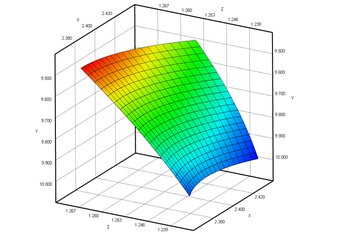 More +
More +How convenient - Moldex3D DOE integrated in Studio
-
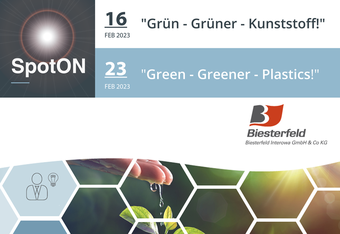 More +
More +Green, yes green 😊 …!
-
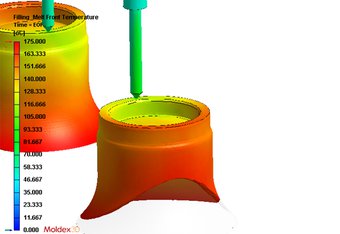 More +
More +Reactive materials - no 'run-of-the-mill' measurments
-
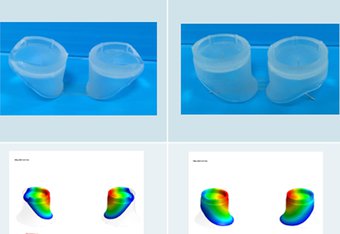 More +
More +Liquid Silicone Rubbers (LSR)
-
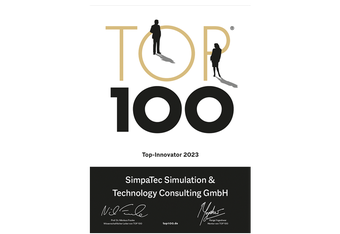 More +
More +SimpaTec awarded top innovator 2023!
-
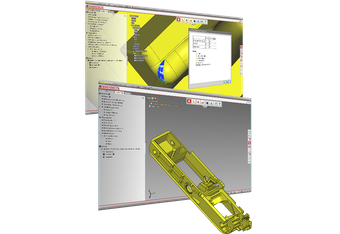 More +
More +Additive Manufacturing according to CAD-Engineering-Standard
-
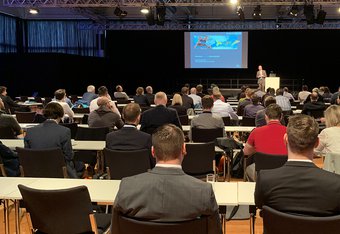 More +
More +AGENDA is set – Usermeeting 2023!
-
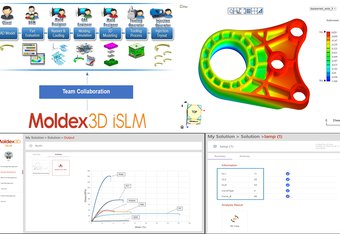 More +
More +All data at a glance - teamwork on the platform
-
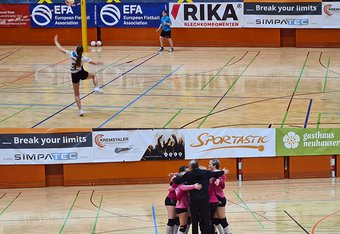 More +
More +Complete female power!
-
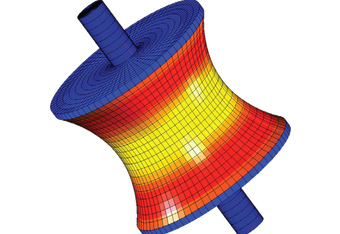 More +
More +Realistic mapping of mechanical processes
-
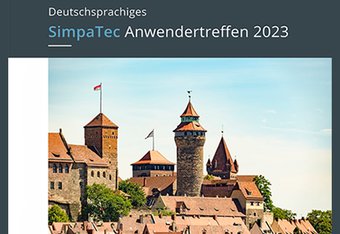 More +
More +SimpaTec Usermeeting 2023 - Focus communication!
-
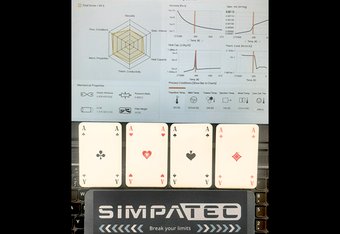 More +
More +Not only poker face - the deck of cards also needs to be right!
-
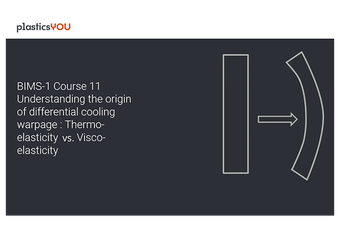 More +
More +50 min 'BIMS Course' for free!!
-
 More +
More +Coupled Viscoelasticity Flow Analysis
-
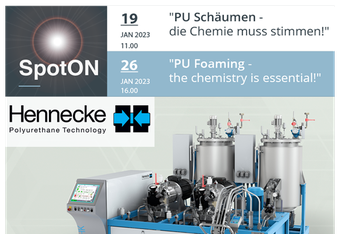 More +
More +First SpotON of the year!
-
 More +
More +Special warpage calculations in Moldex3D
-
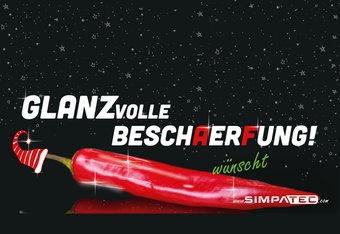 More +
More +Shiny Merry Xmas & all the best for 2023!
-
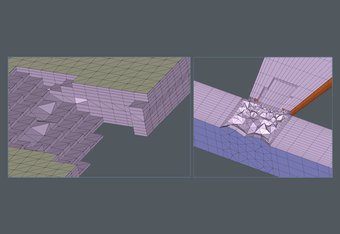 More +
More +Flexible meshing options
-
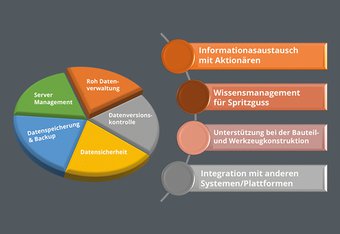 More +
More +iSLM – Intelligent Datamanagement😊
-
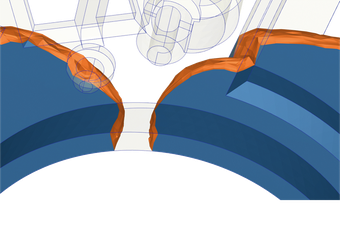 More +
More +A GAP left in your budget?
-
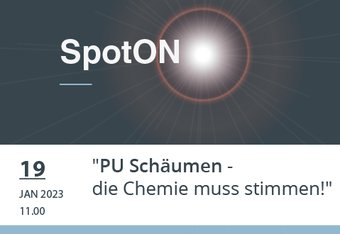 More +
More +The chemistry ist essential! SpotON!
-
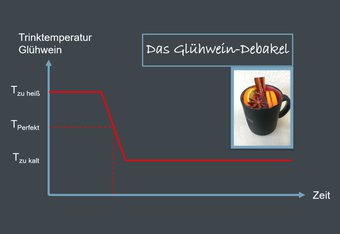 More +
More +Too warm / Too cold - the "few degrees" difference
-
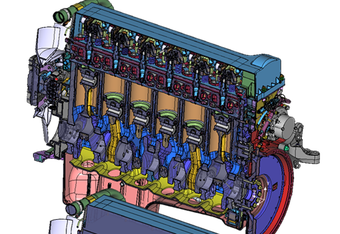 More +
More +3D_Evolution CAD Converter
-
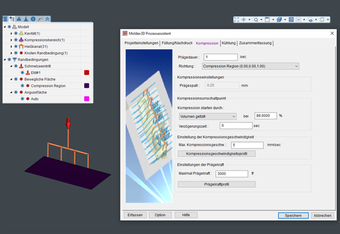 More +
More +Determine process parameters for injection compression molding
-
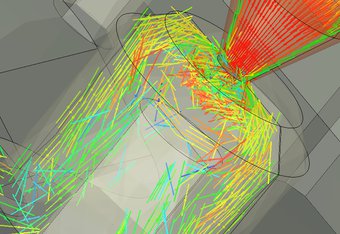 More +
More +Fibers 'back or worth'?! - Moldex3D predicts the orientation😊
-
 More +
More +SpotOn - On the spur of the moment!
-
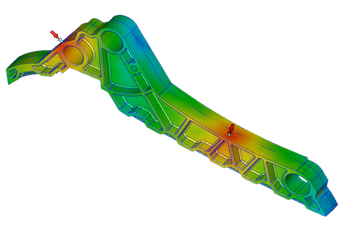 More +
More +Smart postioning of injection points
-
 More +
More +Color streaks - successfully eliminate them!
-
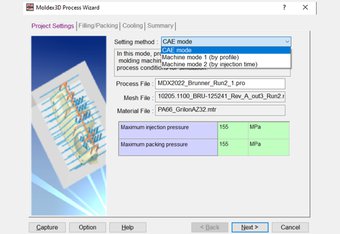 More +
More +Machine mode – and its advantages!
-
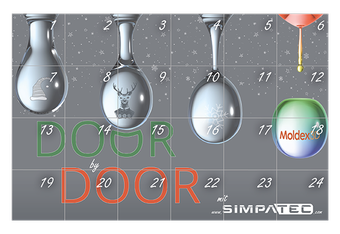 More +
More +Is it Xmas time already ..?!
-
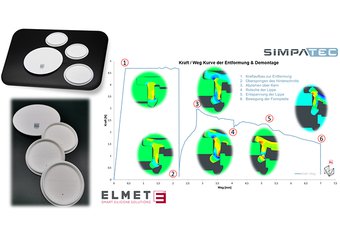 More +
More +Elastomeric materials in FE analysis
-
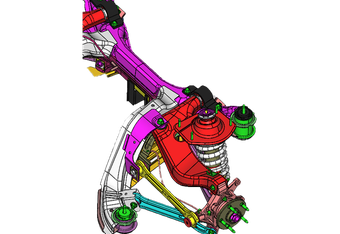 More +
More +‘Mr. Inspector’ will do the job!
-
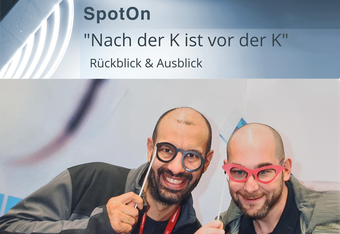 More +
More +Bye, bye K onto the next" - SpotOn
-
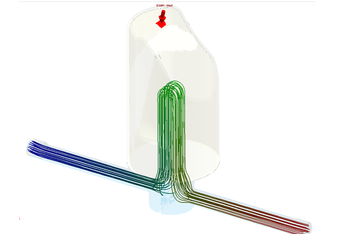 More +
More +Save time and costs with '3D coolant CFD'
-
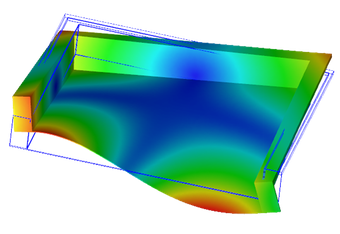 More +
More +Calculate stability failure with Moldex3D
-
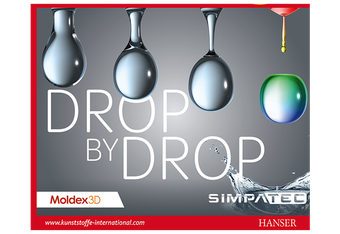 More +
More +DROP by DROP
-
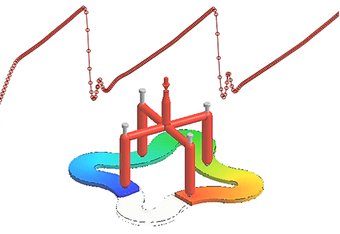 More +
More +Reduce weld lines by means of SVG
-
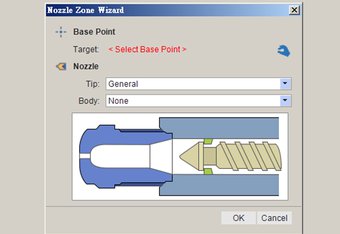 More +
More +‚Nozzle Zone Wizard‘
-
 More +
More +The all-rounders - THE perfect offer for the spontaneous ones
-
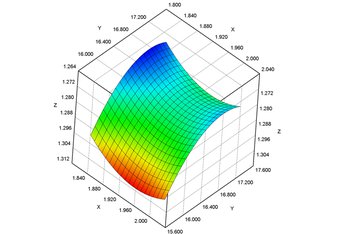 More +
More +Moldex3D DOE (Design of Experiment)
-
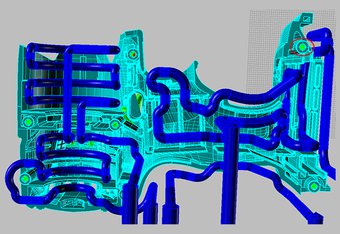 More +
More +Fast, high-quality and precise simulations
-
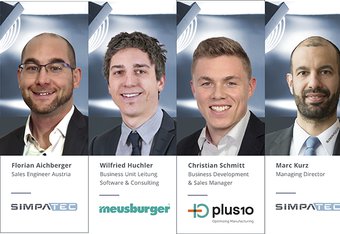 More +
More +STOP!! Detecting instead of searching!! 😀
-
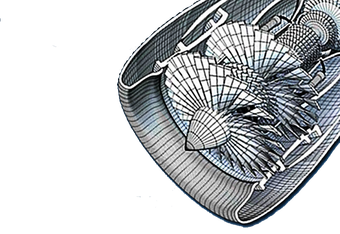 More +
More +Visualize-Analyze-Share
-
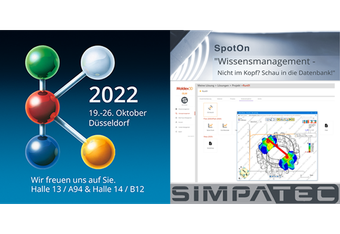 More +
More +Almost set to go - SimpaTec at K!
-
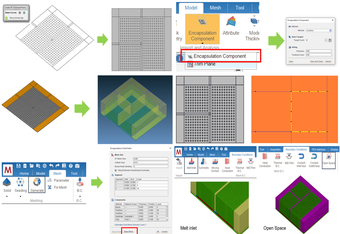 More +
More +'FAST AS LIGHTNING' with the auto mesh technology!!!
-
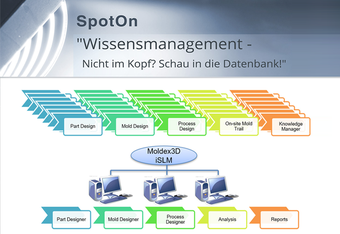 More +
More +KNOWLEDGE close at hand - get smart in our next SpotOn!! 😀
-
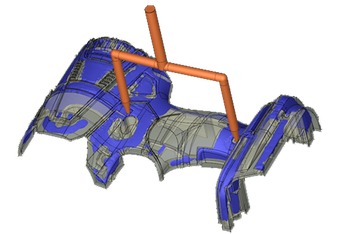 More +
More +Determine the ideal packing time
-
 More +
More +Additional measurement tools, non-linear solver and plastification
-
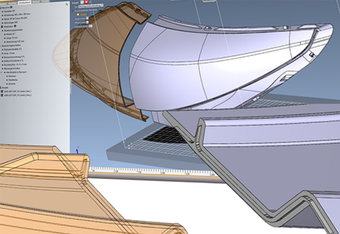 More +
More +Turn 1 into 2 - Separating components
-
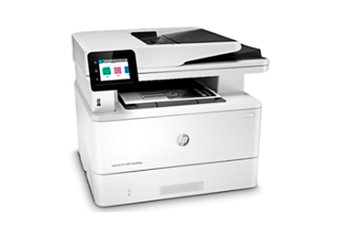 More +
More +No printing!!! HP Laserjets & MFP's now especially cheap!
-
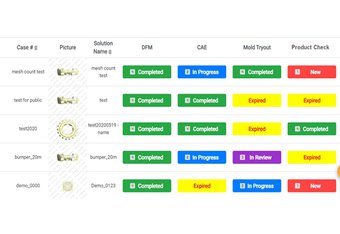 More +
More +A good task management system increases the efficiency of plastic mold development
-
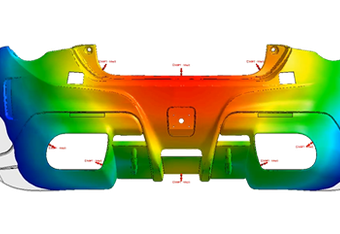 More +
More +Cost-efficient production - Moldex3D QUICK FLOW
-
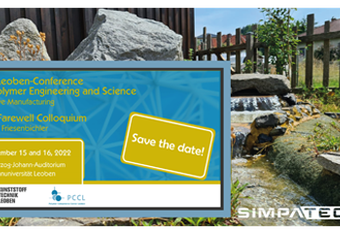 More +
More +Up and away to Leoben - Present in Austria 😉!!!
-
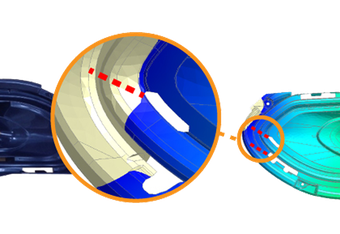 More +
More +Weld lines googbye!!
-
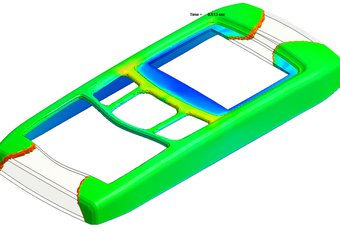 More +
More +Enhanced In-Mold Decoration (IMD) Simulation
-
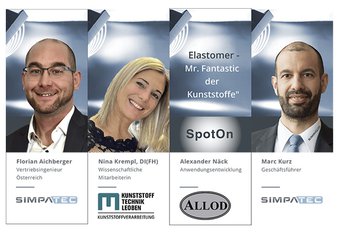 More +
More +Simply FANTASTIC - SpotOn!!!
-
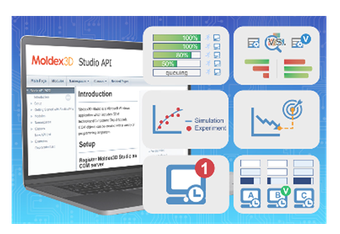 More +
More +Using API in Moldex3D
-
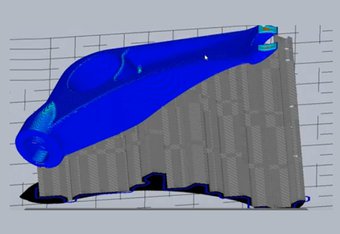 More +
More +CAx solutions for 3D printing
-
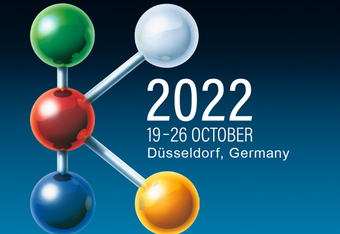 More +
More +Preparations in full swing - SimpaTec at K!
-
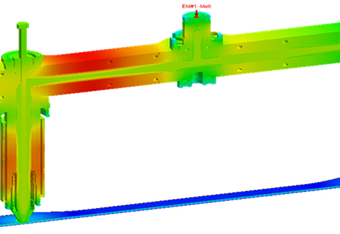 More +
More +Examine the potentials of your hot runner system
-
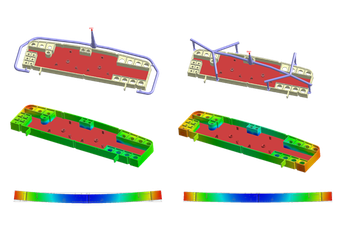 More +
More +The CORRECT pressure is decisive – Moldex3D Pack!
-
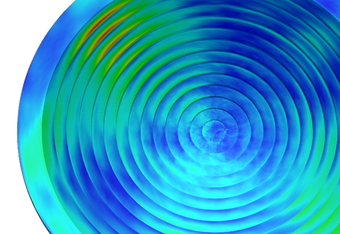 More +
More +Now available - Moldex3D 2022 R2 Patch 1
-
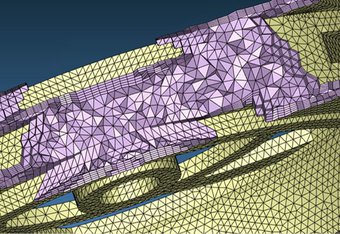 More +
More +Update Trainings Moldex3D 2022
-
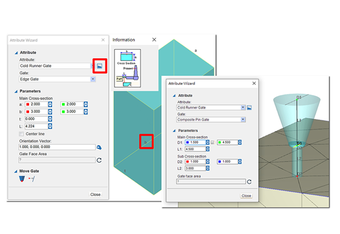 More +
More +Simulation results in ‘a blink of an eye’
-
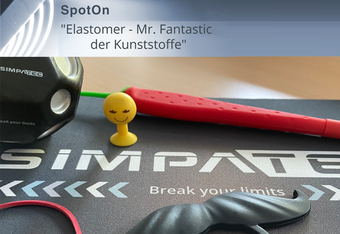 More +
More +Summer break farewell – does SpotOn “ring a bell?!”
-
 More +
More +Advanced automatic report viewing features in Moldex3D 2022
-
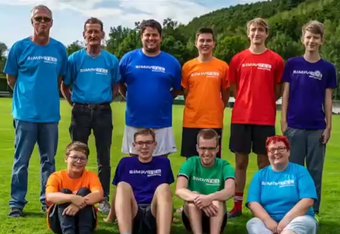 More +
More +1,2,3 ... and goal! ⚽
-
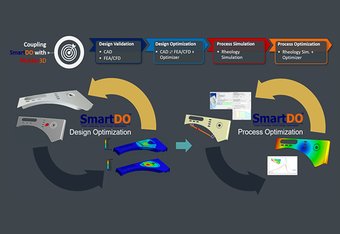 More +
More +SmartDO - Design and Process Optimization
-
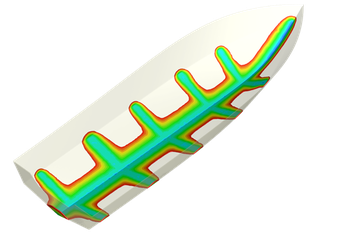 More +
More +RTM with Moldex3D
-
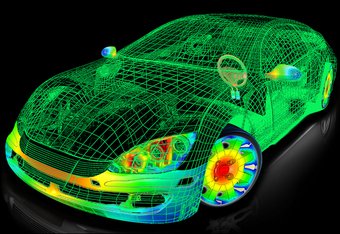 More +
More +Your ride to an economical product!
-
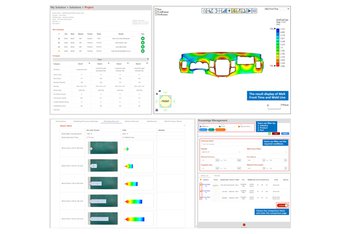 More +
More +iSLM - adequate and efficient data management
-
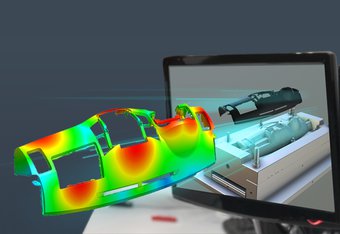 More +
More +Moldex3D 2022 – Brings your design to life!
-
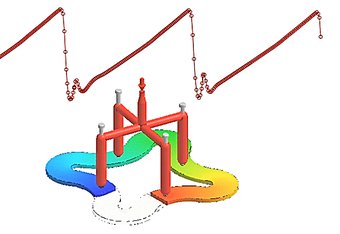 More +
More +Getting over cosmetic flaws!
-
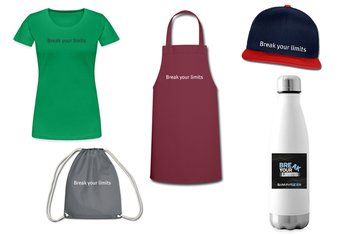 More +
More +It is 40 degrees – so check out our cool “break-your-limits" online breeze!!
-
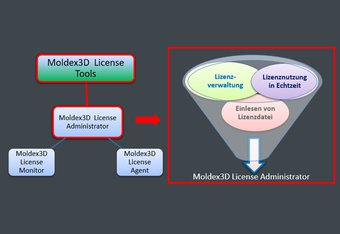 More +
More +License monitoring
-
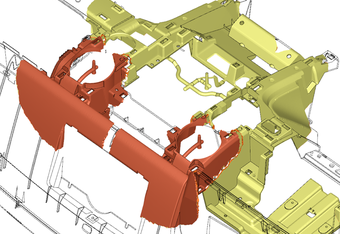 More +
More +A different kind of multicomponent injection molding
-
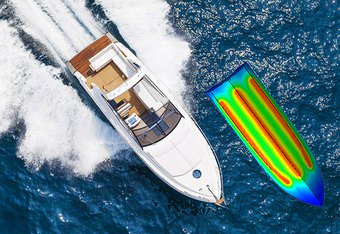 More +
More +Let's go - conquer new horizons!
-
 More +
More +Uniform views for screenshots in Moldex3D
-
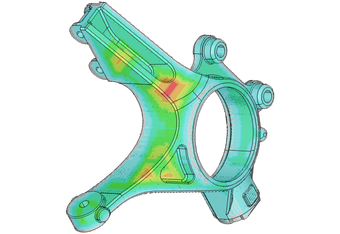 More +
More +Accurate geometry analysis - 4D_Additive
-
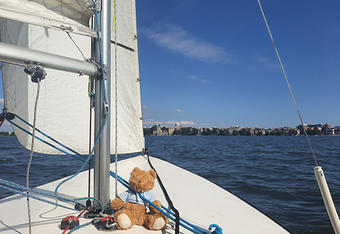 More +
More +Olaf and the 4th July
-
 More +
More +Moldex3D Studio API
-
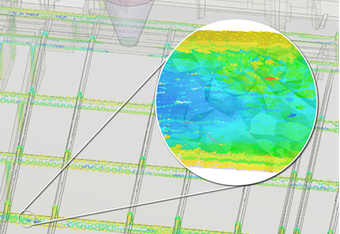 More +
More +Fiber orientation meets environmental awareness
-
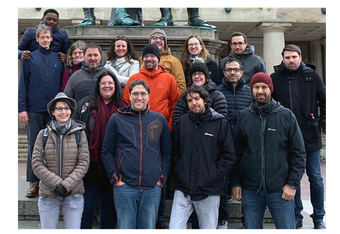 More +
More +Join the team – this is your CTO’s invitation 😊
-
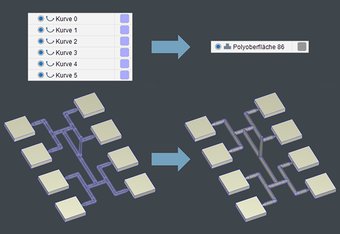 More +
More +Create 3D geometry from line-based gating channels
-
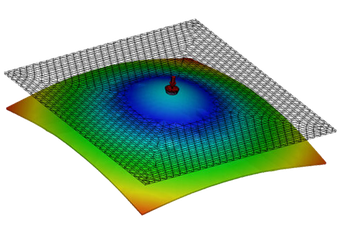 More +
More +Advanced WARPAGE analysis
-
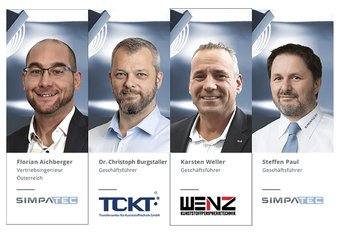 More +
More +SpotOn - sustainable with plastics 😉??!
-
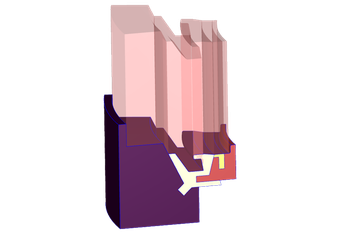 More +
More +Simulation without a melt entry
-
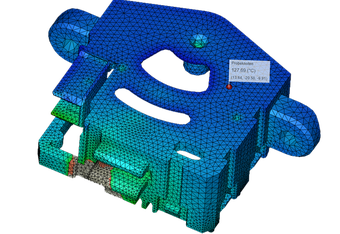 More +
More +Probe nodes
-
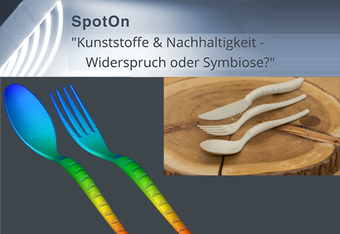 More +
More +SpotOn - sustainable with plastics 😉??!
-
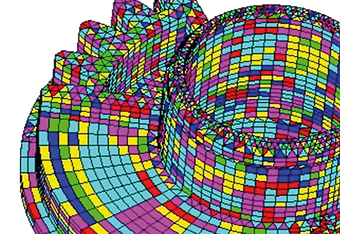 More +
More +Moldex3D FEA Interface
-
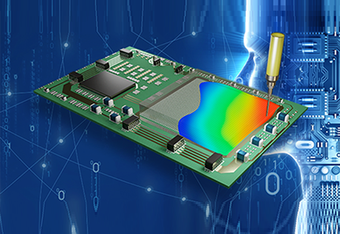 More +
More +Precise and fast IC Packaging process simulation
-
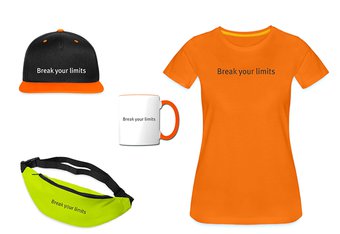 More +
More +Fancy a "Break your limits online stroll"?!
-
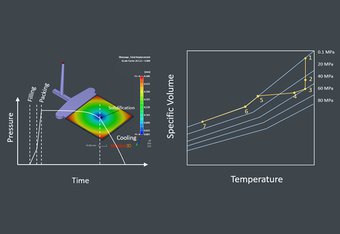 More +
More +Importance of PVT curves on Injection Molding Simulations
-
 More +
More +Revolutionary design with the help of 4D_Additive textures
-
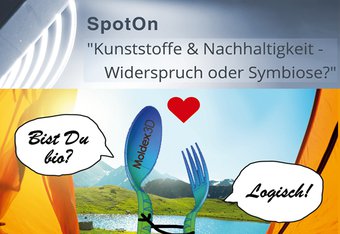 More +
More +SpotOn "Plastics & Sustainability - Contradiction or Symbiosis?"
-
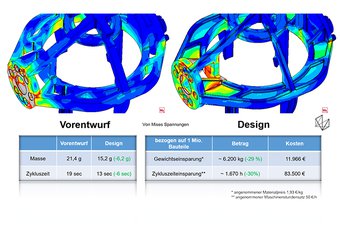 More +
More +From draft to design by means of FE analyses in Marc
-
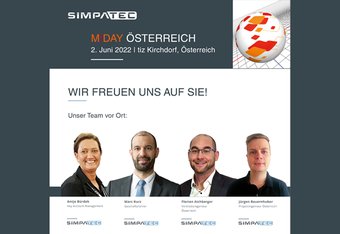 More +
More +Register today - MiDay Austria!
-
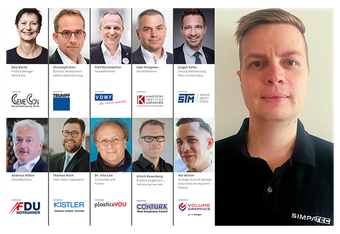 More +
More +MiDay Austria - the personal side 😊!!
-
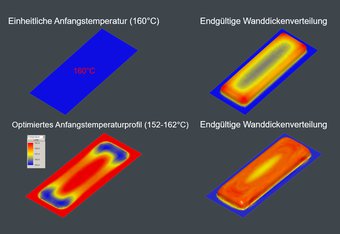 More +
More +Automatic temperature optimization of the semi-finished product in T-SIM
-
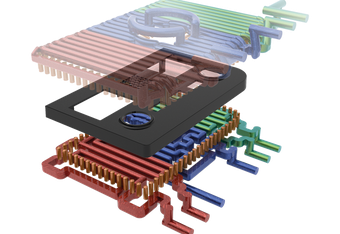 More +
More +GLAMOR is gone!
-
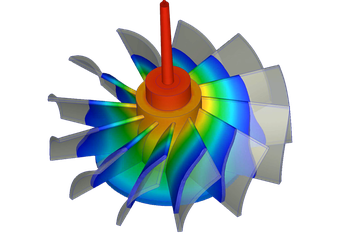 More +
More +Filling is not just FILLING!
-
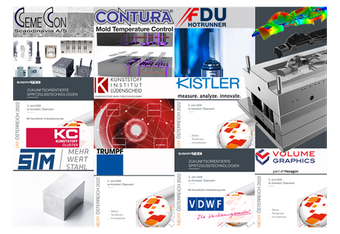 More +
More +Let’s go – MiDay Austria 😉!!
-
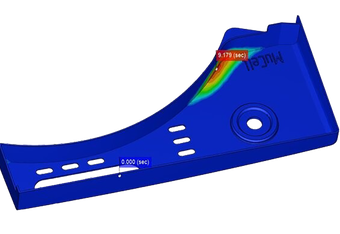 More +
More +Time to reach ejection temperature
-
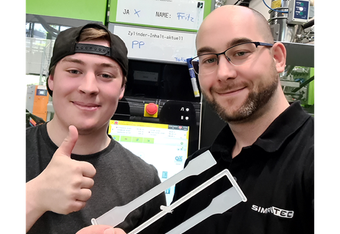 More +
More +How accurate can simulations be?
-
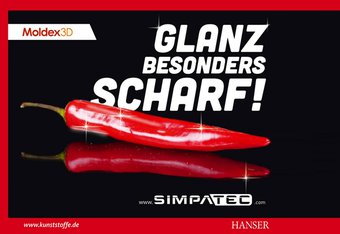 More +
More +GLOSS particularly sharp!
-
 More +
More +Simulation reports – precise and customized
-
 More +
More +YEAH - we cracked the 5,000 😉!!
-
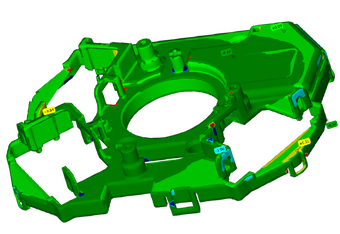 More +
More +Validation of process simulation in comparison to real components
-
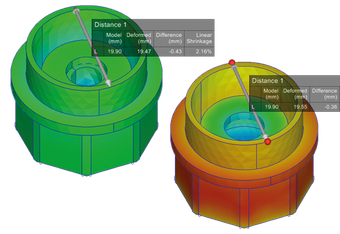 More +
More +Grab your cost-effective chance to get into injection molding simulation!!
-
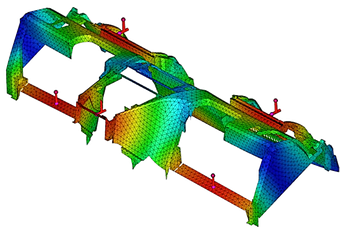 More +
More +Available SHORTLY - Moldex3D 2022!
-
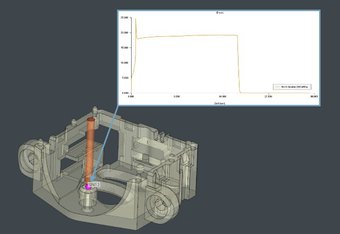 More +
More +Recording local variables using virtual nodes
-
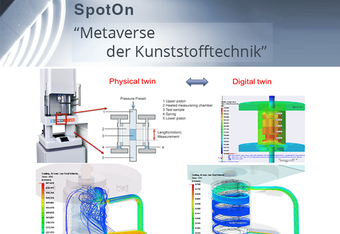 More +
More +SpotOn "Metaverse of Plastics Engineering"
-
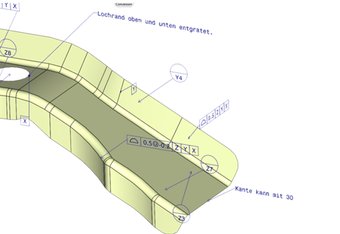 More +
More +3D_Evolution CAD Converter
-
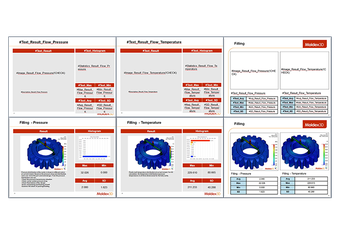 More +
More +Automated reporting has never been easier
-
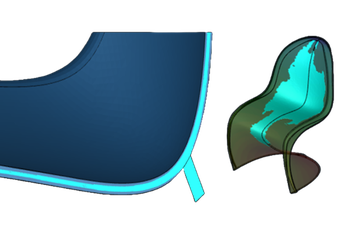 More +
More +Gas assisted injection molding (GAIM)
-
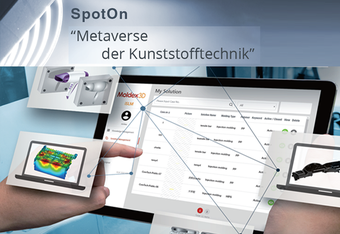 More +
More +SpotOn "Metaverse of Plastics Engineering"
-
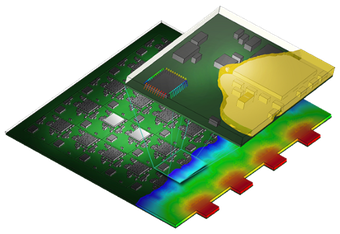 More +
More +Fast, detailed and multifunctional IC packaging process simulation
-
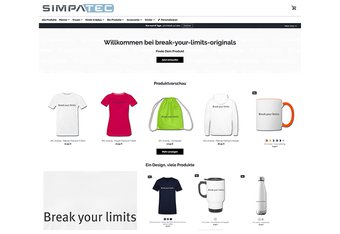 More +
More +Looking for Easter gifts?!
-
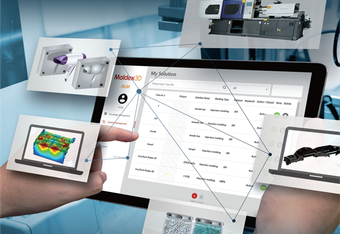 More +
More +MANAGE your data EASILY -- with Moldex3D ISLM!
-
 More +
More +Search function in the material wizard
-
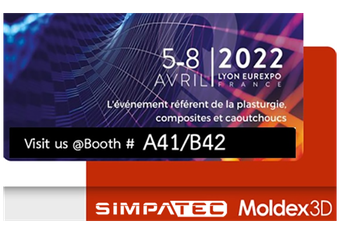 More +
More +FIP Exhibition 2022
-
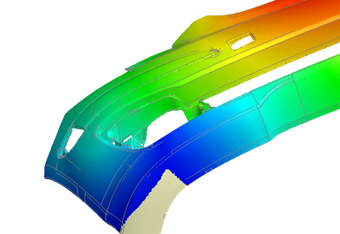 More +
More +RIM - Injection molding simulation and material testing for reactive materials
-
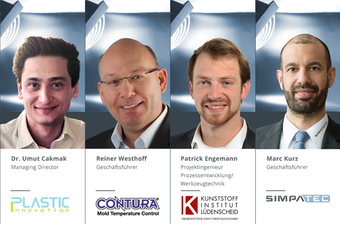 More +
More +Today! Last chance - SpotOn XXL "Toolmaking"!
-
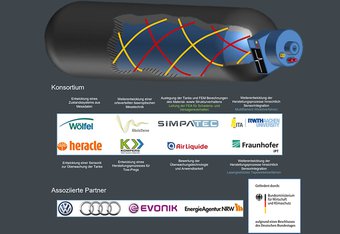 More +
More +Publicly funded R&D project smartVessel
-
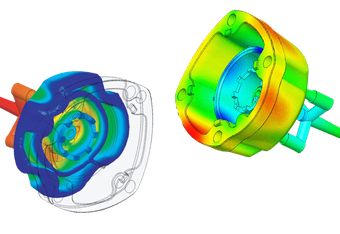 More +
More +Optimization of the filling process with Moldex3D
-
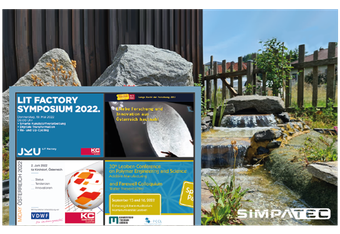 More +
More +Being in perspective - Present in Austria 😉!!
-
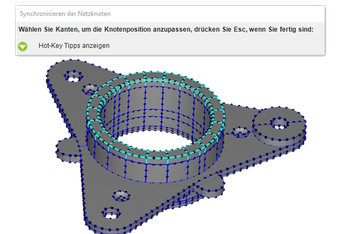 More +
More +Sync node distribution
-
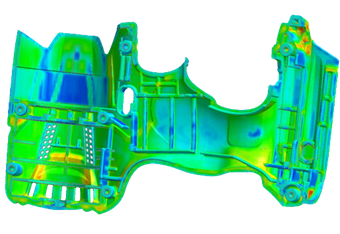 More +
More +The link to 'Smart Manufacturing' - Moldex3D SYNC
-
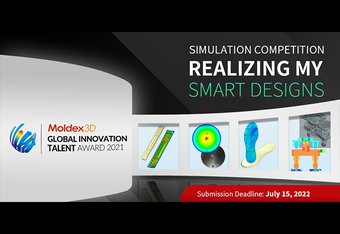 More +
More +GITA - Moldex3D users attention!
-
 More +
More +Being well-equipped - means winning half the battle 😊!!
-
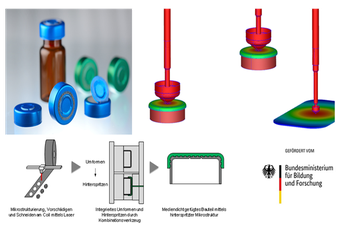 More +
More +MeKuMed - Manufacturing of hybrid medical technology products by means of an innovative production chain
-
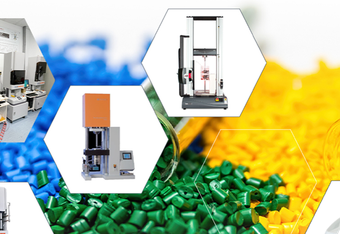 More +
More +All good things come in threes – characterization, twin & MHC!
-
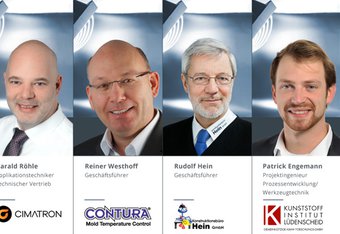 More +
More +It is going to be HUGE - SpotOn XXL – Toolmaking!
-
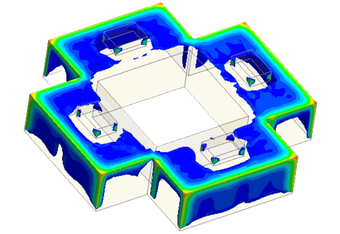 More +
More +Temperature of the re-melted area in Moldex3D
-
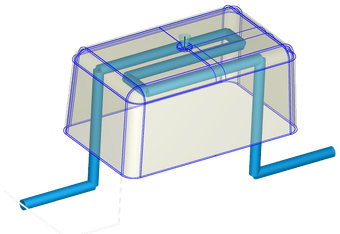 More +
More +Not only ‘elves’ facilitate your daily work processes ...!
-
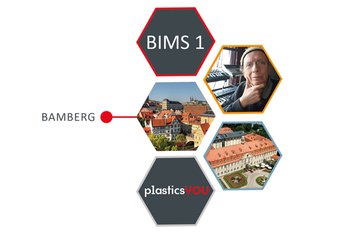 More +
More +Time to be CLOSE - BIMS Seminars in May!
-
 More +
More +HiAD – High performance thermoplastics in the additive process and under dynamic loads
-
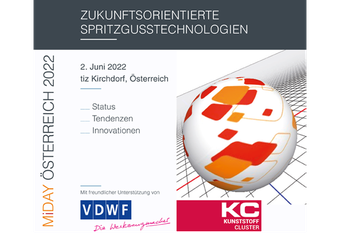 More +
More +MiDay Austria – Agenda is set!!
-
 More +
More +Enhanced In-Mold Decoration (IMD) Simulation
-
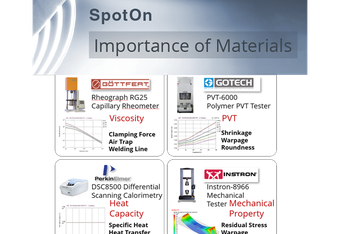 More +
More +Missed the SpotOn? Grab your 2nd chance now!
-
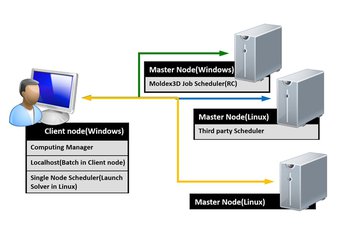 More +
More +Advantages using Linux for your calculations
-
 More +
More +FIP Exhibition 2022
-
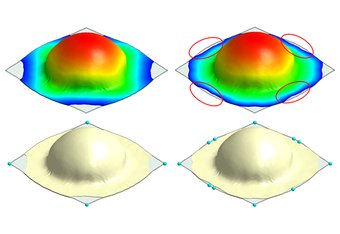 More +
More +Simulate RTM components precisely and error-free
-
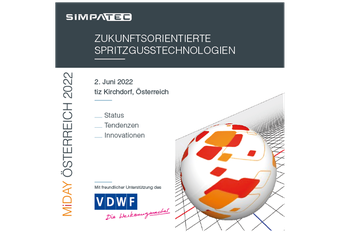 More +
More +MiDay Austria 2022 – powerful partners aboard!
-
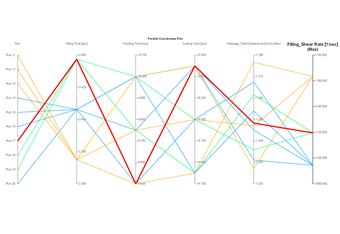 More +
More +The method to efficient optimization: Design of Experiment (DOE)
-
 More +
More +3D_Analyzer – Perfect geometry analysis and validation
-
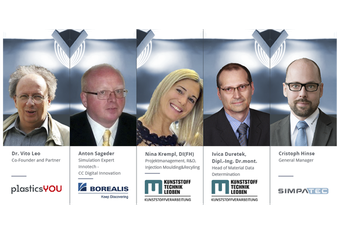 More +
More +Lights out, Spot on … or onto?!
-
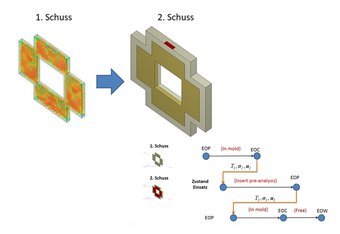 More +
More +Multi-component simulation considers the properties of the first component
-
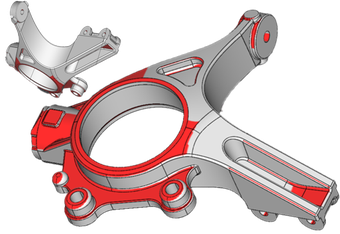 More +
More +4D_Additive – an absolute ‚allrounder‘ for additive manufacturing
-
 More +
More +No idea what BIMS 2 is?
-
 More +
More +SmartDO - Design and Process Optimization
-
 More +
More +Precise results with the Moldex3D injection compression module
-
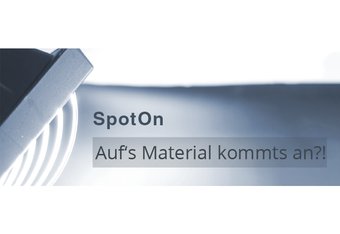 More +
More +SpotOn again - Making the right choice?!
-
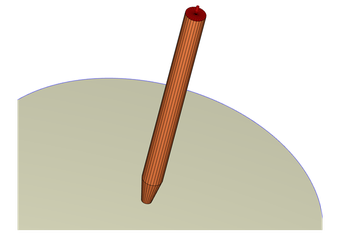 More +
More +STL geometry from a polyline with the "getrnrskin" command
-
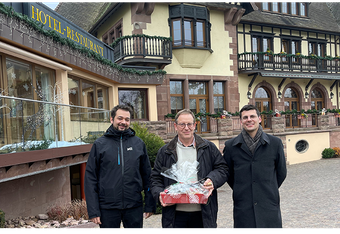 More +
More +Well deserved retirement - Mr. Olivier BERTHONNEAU
-
 More +
More +3D_Evolution – more than just a CAD converter!
-
 More +
More +Moving forward, being present - MiDay Austria 2022!
-
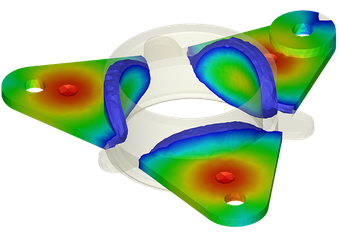 More +
More +New year, new RELEASE – Moldex3D 2021 R4!
-
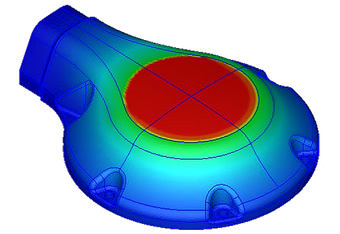 More +
More +Challenges in compression molding can be solved with Moldex3D
-
 More +
More +Made it - Olaf has reached his destination!
-
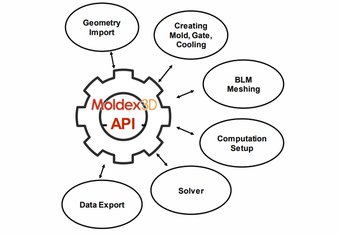 More +
More +Automate your simulation tasks
-
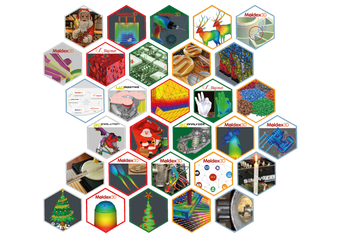 More +
More +What lies in store for 2022?!
-
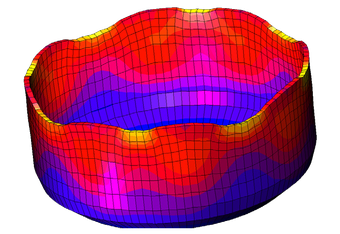 More +
More +Advanced modeling to simulate real-world behavior – Marc
-
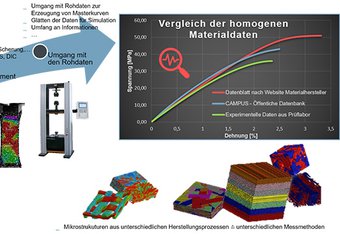 More +
More +Requirements regarding the mechanical material card for optimal quality results for FE analyses
-
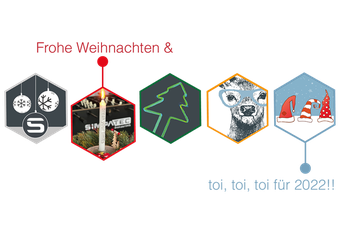 More +
More +Merry X-Mas & good luck for 2022!
-
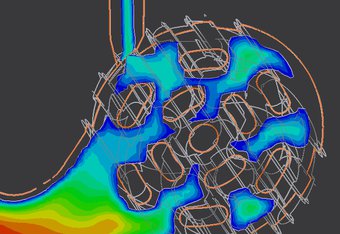 More +
More +It’s all a question of the right pressure – Moldex3D Pack!
-
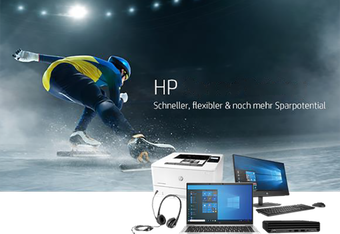 More +
More +Strategic partnership with HP - our Christmas present to you!
-
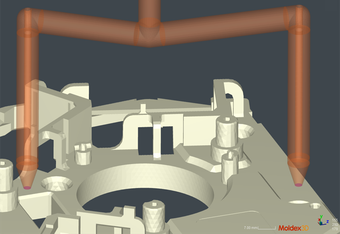 More +
More +Cascade injection molding for an ideal part quality!
-
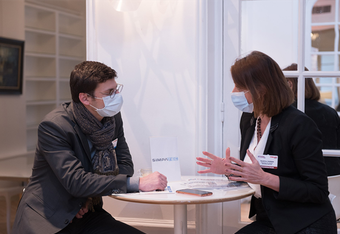 More +
More +Plastics Industry Conference
-
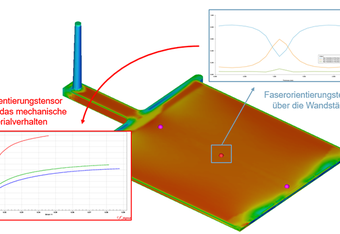 More +
More +Optimization of process-dependent microstructure in injection molding by reverse engineering
-
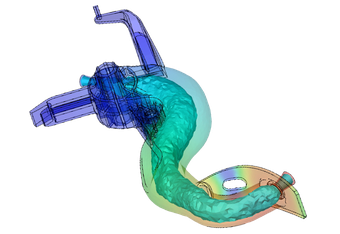 More +
More +Fluid-assisted Injection Molding with Push Back Simulation
-
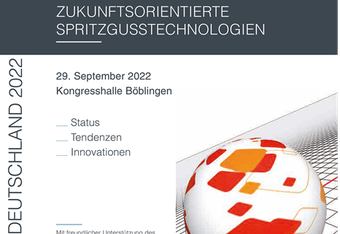 More +
More +Moving forward together ... MiDay 2022!
-
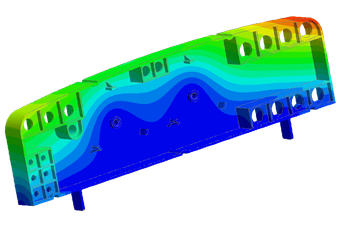 More +
More +Deformations and stresses in the component - "put an end to it"
-
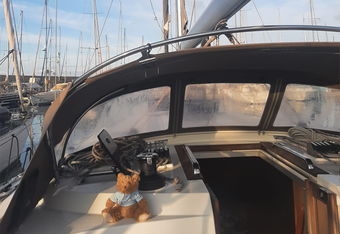 More +
More +Olaf is ready to conquer new horizons!
-
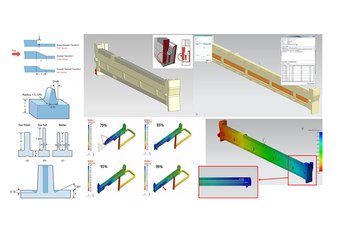 More +
More +Determining the Optimal Product Geometric Design in the Shortest Time
-
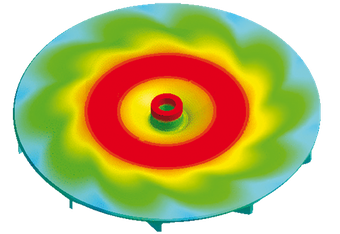 More +
More +Challenges in compression molding can be solved with Moldex3D
-
 More +
More +1, 2, 3 … - let's go!!
-
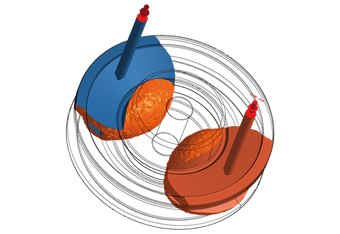 More +
More +Clever multi-component injection molding - Moldex3D Bi-Injection
-
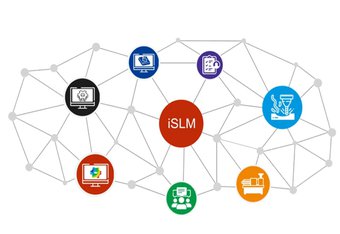 More +
More +THE intelligent data management platform - iSLM
-
 More +
More +Olaf - our little bear heading on a big trip!
-
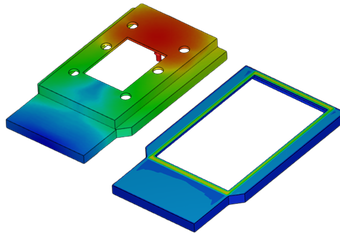 More +
More +Physical foaming - reducing part weight and production costs
-
 More +
More +Pure knowledge transfer - off to Bamberg!
-
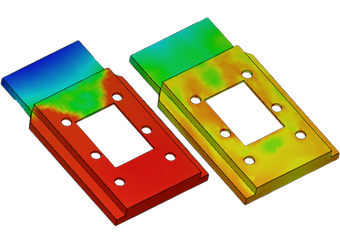 More +
More +Chemical foaming - clever foaming!
-
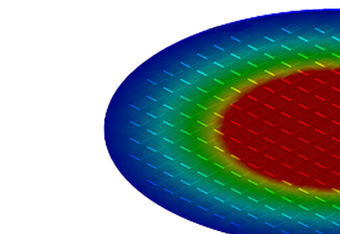 More +
More +Injection Compression Molding Process
-
 More +
More +FAKUMA Review - Virtual product development - precise and made-to-measure
-
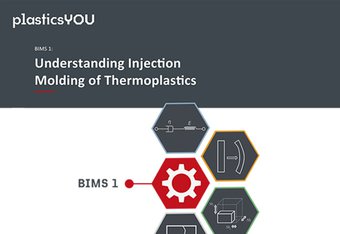 More +
More +BIMS Seminars in November - face to face in Bamberg
-
 More +
More +SIMULATION even closer to REALITY!
-
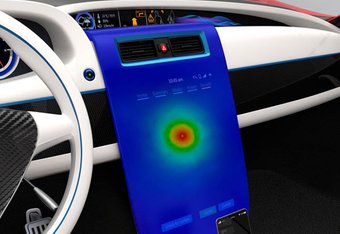 More +
More +In Mold Decoration (IMD) refines your components
-
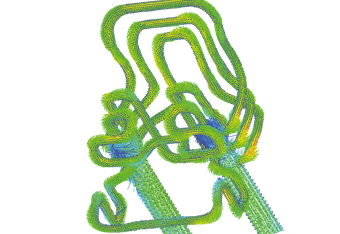 More +
More +Save time and costs with '3D coolant CFD'
-
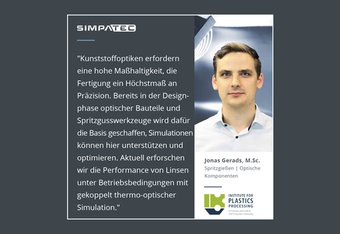 More +
More +Keep your perspective! - this is how you do it!
-
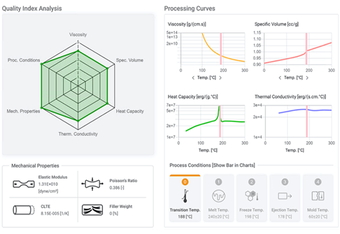 More +
More +Verification, comparison and the search for alternative materials – easier than ever!
-
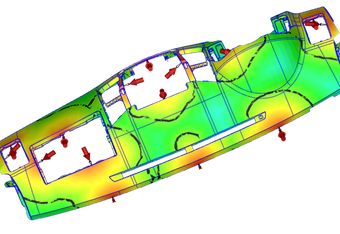 More +
More +Analyze gating positions quickly and easily with 'QUICK FLOW
-
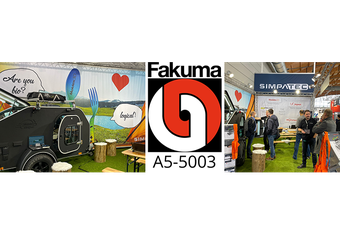 More +
More +Fakuma 2021 - how nice it was!
-
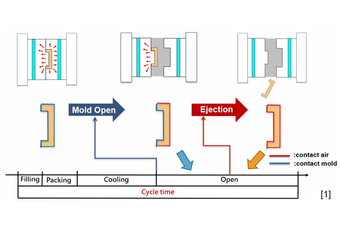 More +
More +More accurate warpage analysis - Consideration of the cooling behavior during the mold opening time
-
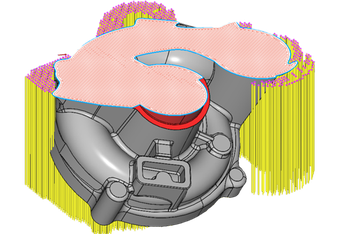 More +
More +4D_Addivite – Unique textures, flexible nesting and high-precision CAD functions
-
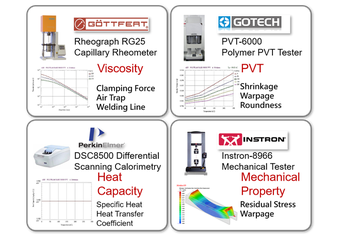 More +
More +Good material data = High-quality simulation results
-
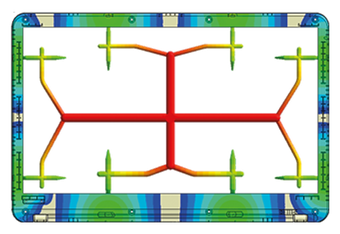 More +
More +Grab your cost-effective chance to get into injection molding simulation!!
-
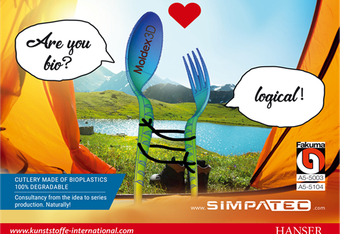 More +
More +‘Bio-cutlery’ – with a taste of adventure!
-
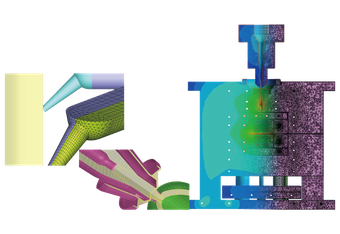 More +
More +After 1 & 2 follows 3 - Moldex3D R3 now available!
-
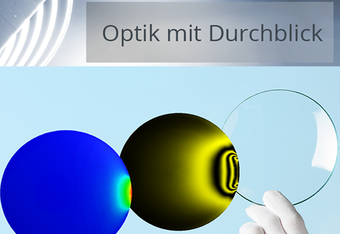 More +
More +Optics with a perfect perspective - SpotOn with IKV
-
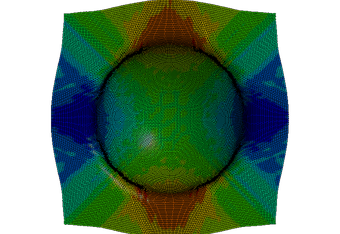 More +
More +Extended Resin Transfer Molding features
-
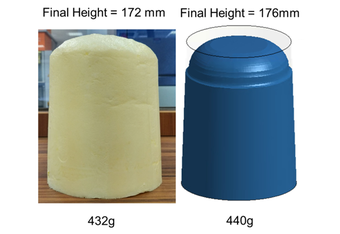 More +
More +Combination of PU measurement tool system with CAE Simulation for accurate PU foaming prediction
-
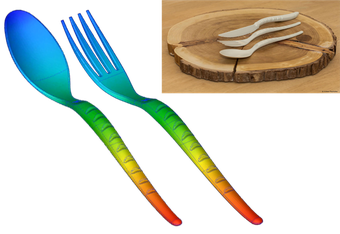 More +
More +It's getting bio – at FAKUMA!
-
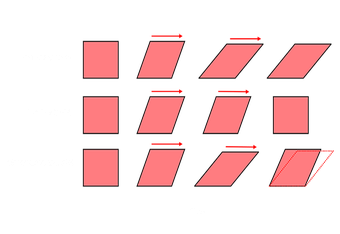 More +
More +Accurate Prediction using the Viscoelasticity-Flow-Analysis
-
 More +
More +Find the right twist - at Fakuma!
-
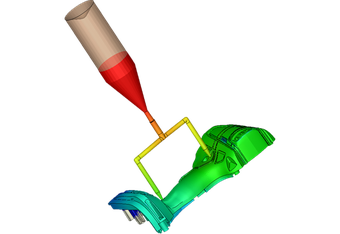 More +
More +Consideration of the nozzle zone in the blink of an eye
-
 More +
More +The clock is ticking … ensure remarkable savings until September 30th!
-
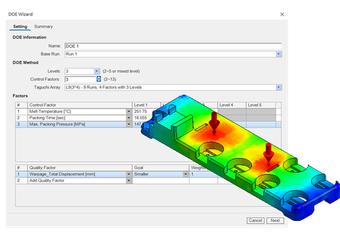 More +
More +Optimal design parameters for molded injection parts using Moldex3D DOE
-
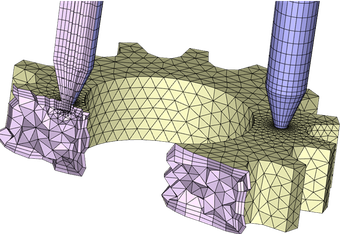 More +
More +1,2,3 – faster to your target!
-
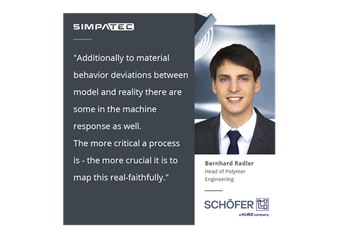 More +
More +SpotOn „Machine Response“ – register now!
-
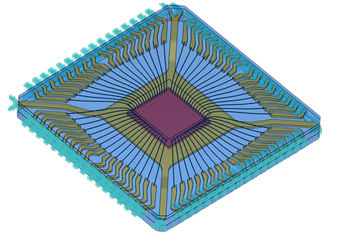 More +
More +Simulation of encapsulation processes for integrated circuits
-
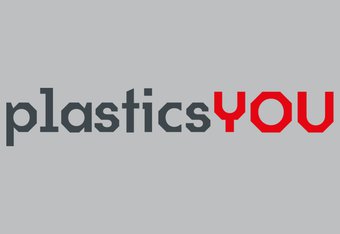 More +
More +Knowledge platform – plasticsYOU for YOU
-
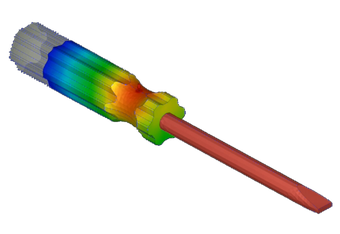 More +
More +Precise filling process with Moldex3D
-
 More +
More +plasticsYOU – education and education ONLY.
-
 More +
More +Foaming: Modified model to model the pore size during packing
-
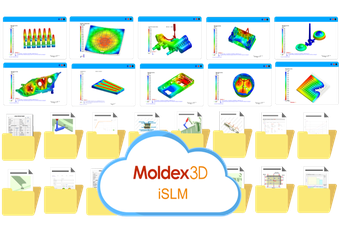 More +
More +iSLM - intelligent data management platform
-
 More +
More +Attention for the inquisitive ones 😉!!
-
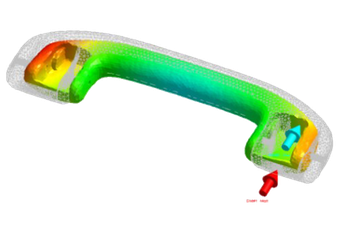 More +
More +Simulate fluid injection molding processes - Moldex3D GAIM/WAIM
-
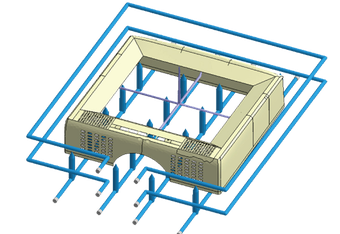 More +
More +Mold Temperature Controller Advisor
-
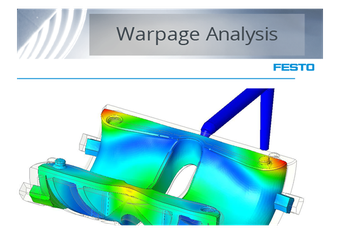 More +
More +Spontaneity is sought after 😊 - SpotOn „Warpage Analysis“
-
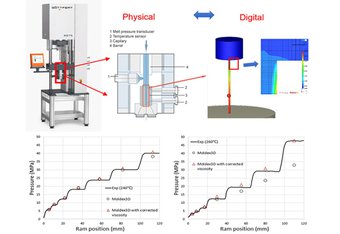 More +
More +Digital Twin of Instrument Design and Material Measurement - Part 2
-
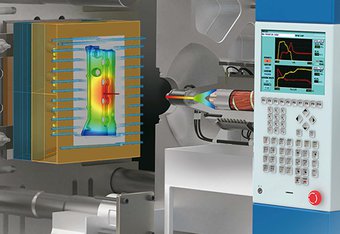 More +
More +Recognize progress & act early!!! - with Moldex3D
-
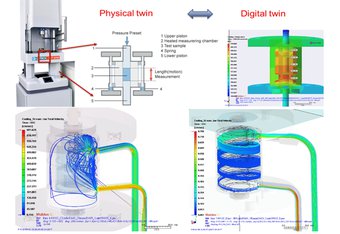 More +
More +Digital Twin of Instrument Design and Material Measurement - Part 1
-
 More +
More +A “buffer” left in your budget - special bargains available now!!
-
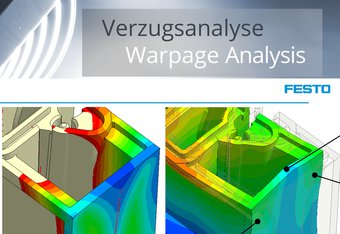 More +
More +Warped!? - Causes and effects - or how to nurture components correctly 😊 ...
-
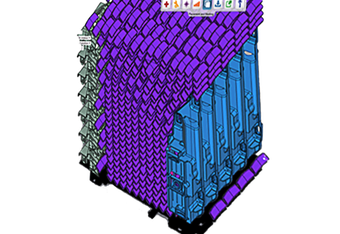 More +
More +Innovative 3D printing software - 4D_Additive
-
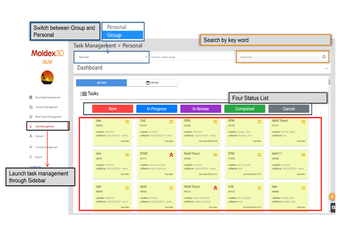 More +
More +Increased efficiency of tool development through an integrated and customized task management system
-
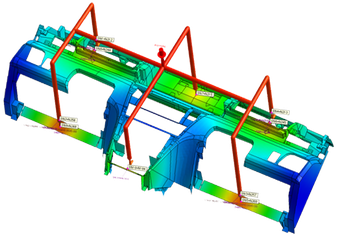 More +
More +OPTIMAL gate location = IDEAL component
-
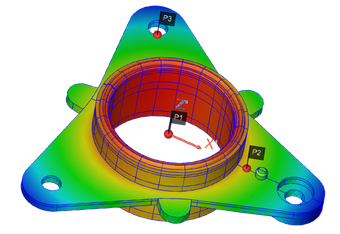 More +
More +Update Trainings Moldex3D 2021
-
 More +
More +We are listening – MiDay 2021 cancelled!
-
 More +
More +Liquid Crystals Polymers (LCP)
-
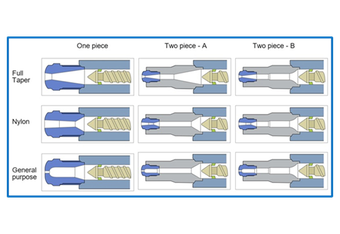 More +
More +New ‚Nozzle Zone Wizard‘
-
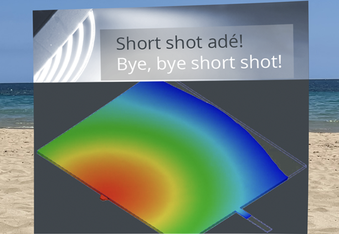 More +
More +Up and away into the SpotOn! Say bye, bye ...
-
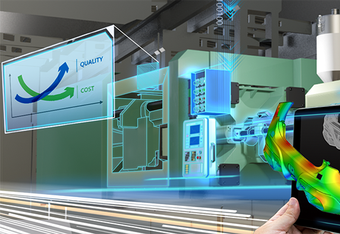 More +
More +Be the front-runner in smart manufacturing – Moldex3D 2021
-
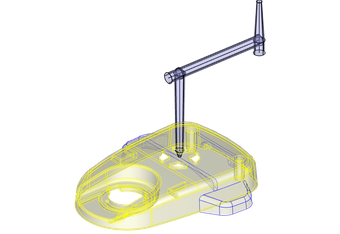 More +
More +Additional CAD tools and improved solver
-
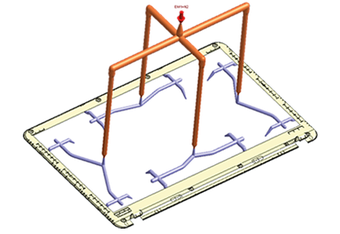 More +
More +Top up now and get into injection molding simulation cost-effectively!!
-
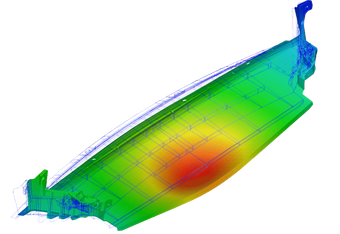 More +
More +Buckling of injection molding parts and how to simulate it
-
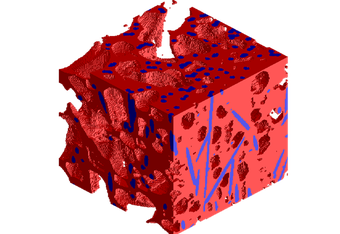 More +
More +Digimat 2021.3 – improves daily work life!
-
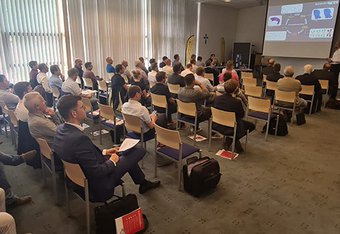 More +
More +FORUM.Werkzeugbau – Digitalization at its best
-
 More +
More +Now available Moldex3D 2021 R2!
-
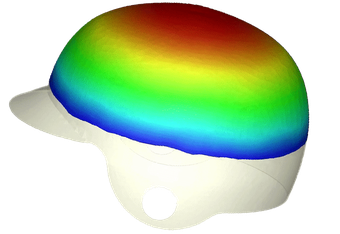 More +
More +Enhanced Accuracy in Advanced Process and Composite Materials
-
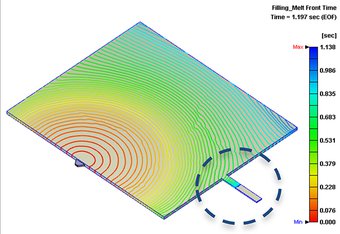 More +
More +"Bye, bye ... Short Shots" - the right tactics
-
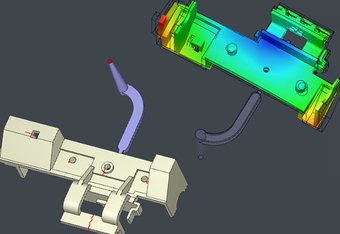 More +
More +Molding failures and structural weaknesses (part 2)
-
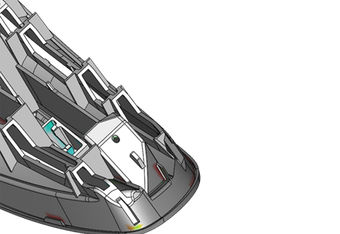 More +
More +3D_Analyzer – a perfect 'allrounder'
-
 More +
More +Well on it's way - MiDay 2021 😊
-
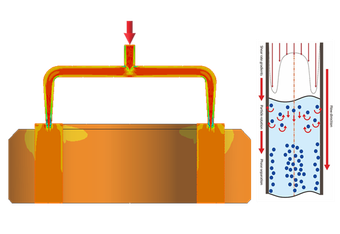 More +
More +Powder Injection Molding with Moldex3D
-
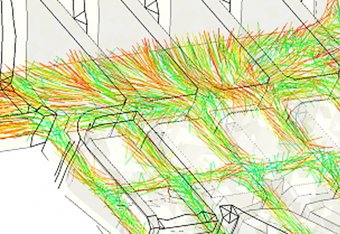 More +
More +Astonishing new fiber orientation possibilities in Moldex3D 2021
-
 More +
More +From digital to personal - a pleasing turning point
-
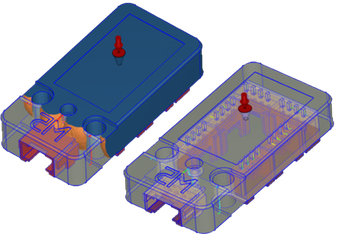 More +
More +Optimizing the quality of injection molded components
-
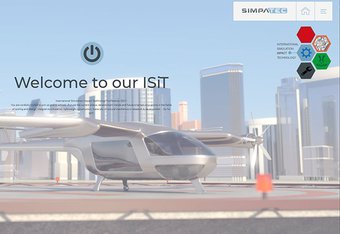 More +
More +ISiT 2021 - a complete success!
-
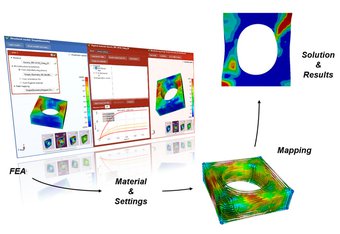 More +
More +Simulation of structural failure of injection molding parts
-
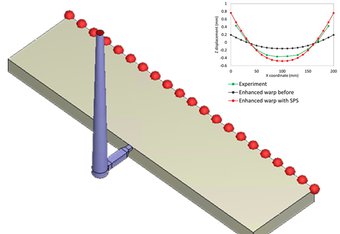 More +
More +Customized and more accurate simulation reports
-
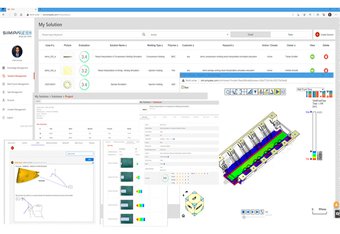 More +
More +Smart manufacturing - iSLM the 'smart' data management platform
-
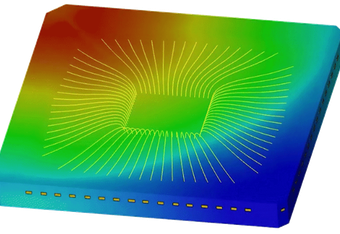 More +
More +High-speed, detailed and multi-functional IC Packaging process simulation
-
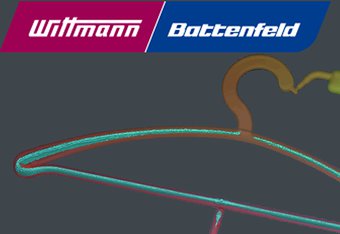 More +
More +The coat hanger trick - SpotOn – "Gas-Assisted Injection Molding (GAIM)"
-
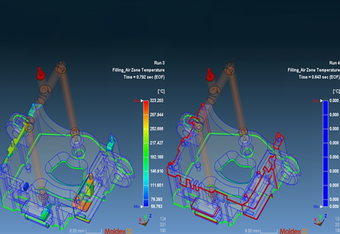 More +
More +Molding failures and structural weaknesses (part 1)
-
 More +
More +ISiT 2021 - a complete success !!
-
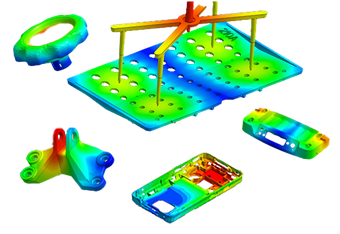 More +
More +How to get the most out of simulation
-
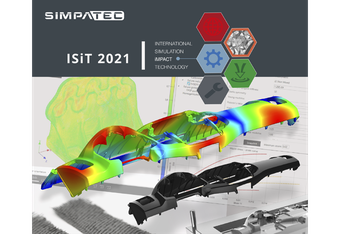 More +
More +ISiT 2021 – last chance to take part!
-
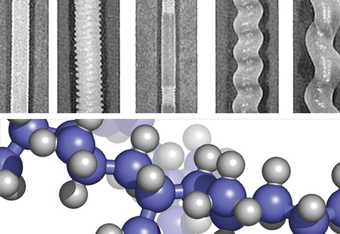 More +
More +Digital BIMS Seminars - "Almost perfect and makes appetite for more”
-
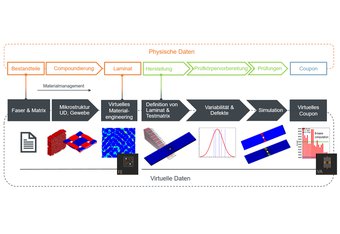 More +
More +Advanced analyses of microstructures using composites
-
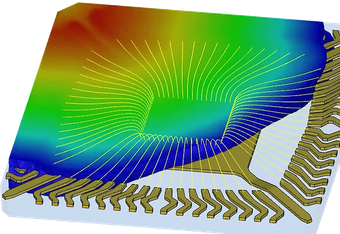 More +
More +What’s New in Moldex3D 2021?
-
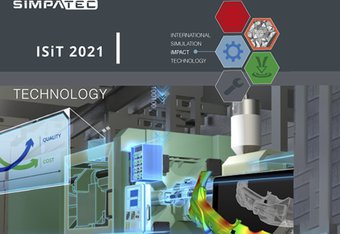 More +
More +ISiT 2021 – Focus - Technology
-
 More +
More +Moldex3D Viewer Advanced WORKSHOP
-
 More +
More +Now available - Moldex3D 2021!
-
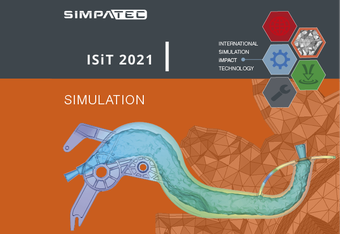 More +
More +ISiT 2021 – AGENDA finalized!
-
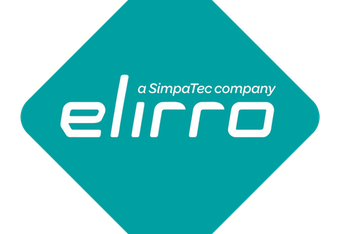 More +
More +SimpaTec SARL acquires Elirro
-
 More +
More +Improved and enhanced platform - Digimat 2021
-
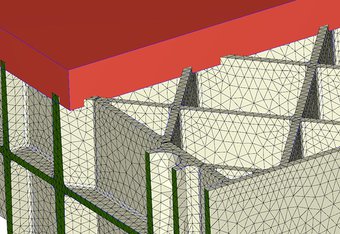 More +
More +Challenges in compression molding can be solved with Moldex3D
-
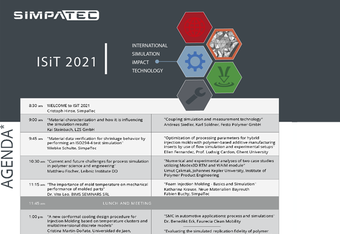 More +
More +ISiT 2021 – Agenda finalized!
-
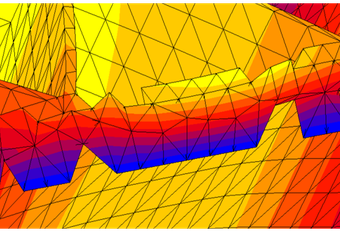 More +
More +Nitty-gritty's of 3D printing ...
-
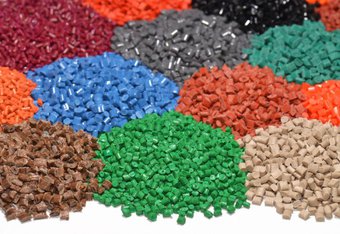 More +
More +"CANDY" for your data base
-
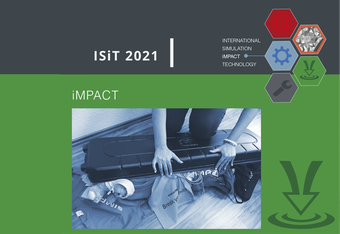 More +
More +ISiT 2021 – Focus - iMPACT
-
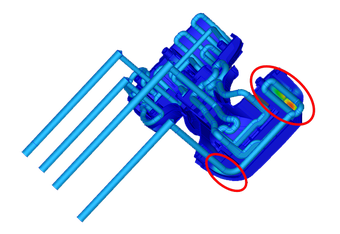 More +
More +Improved component quality and reduction of cycle time due to conformal cooling
-
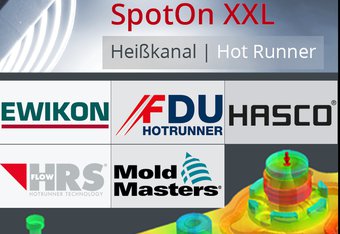 More +
More +SimpaTec conquers new horizons with you
-
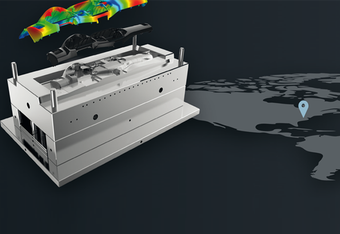 More +
More +'SimpaTec Crosses the Atlantic Ocean'
-
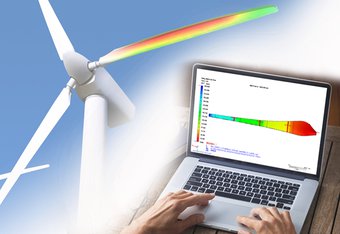 More +
More +Resin Transfer Molding in Moldex3D
-
 More +
More +ISiT 2021 – Focus - Simulation
-
 More +
More +Top up and get into injection molding simulation at cost-effectively!
-
 More +
More +Join our SpotOn XXL spontaneously 😉
-
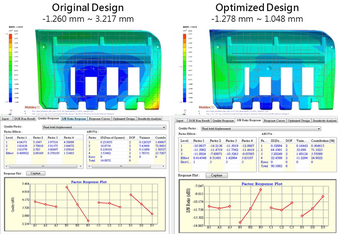 More +
More +Optimization of plastic injection molding by the Design of Experiment (DOE) method
-
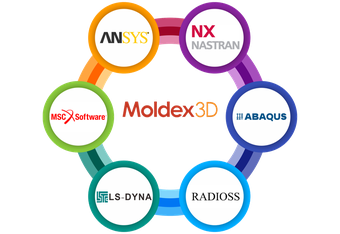 More +
More +Interface for structural analysis | Micromechanics | Digimat-RP
-
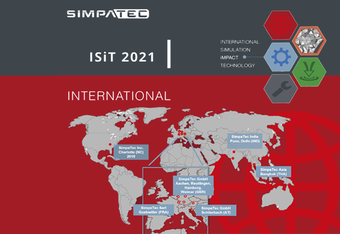 More +
More +ISiT 2021 – Focus - International
-
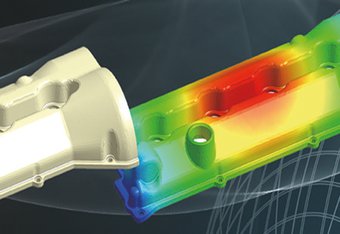 More +
More +Your introduction to injection molding simulation
-
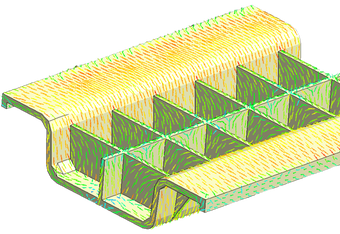 More +
More +Simulation of fiber reinforced composites
-
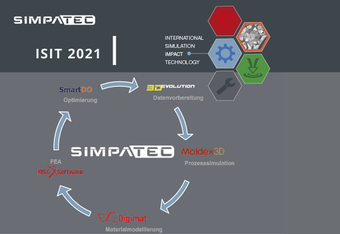 More +
More +ISiT 2021 - Technical presentations in focus
-
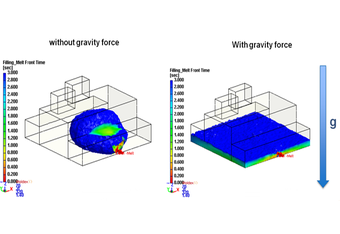 More +
More +Understanding comprehensive foam simulations
-
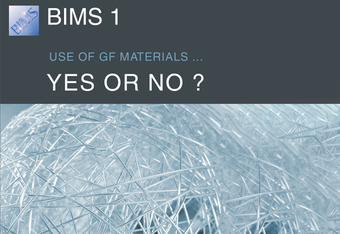 More +
More +BIMS 1 - YES or No? That is not the only question to be answered ...
-
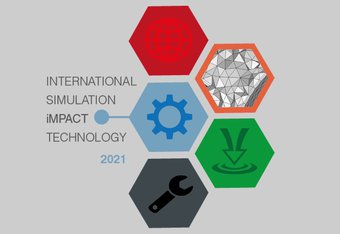 More +
More +ISiT 2021
-
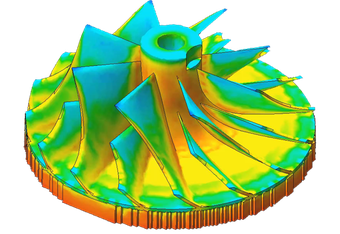 More +
More +Ideal component quality with Digimat-AM
-
 More +
More +ISiT 2021 – Focus - Communication
-
 More +
More +SmartDO - Design and Process Optimization
-
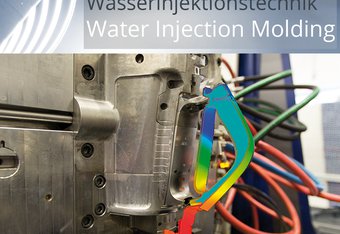 More +
More +From too wet to hot - SpotOn's really HUGE 😉
-
 More +
More +Cost-effective entry into injection molding simulation - Moldex3D Viewer Advanced
-
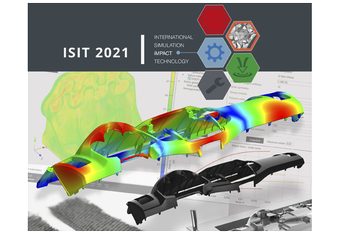 More +
More +ISIT 2021 – the online conference
-
 More +
More +Multi-component simulation considers the properties of the first component
-
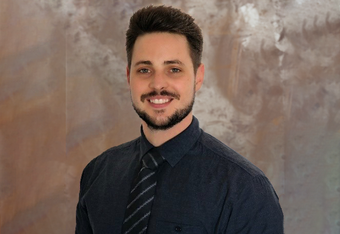 More +
More +Welcome back, Alessandro 😊!
-
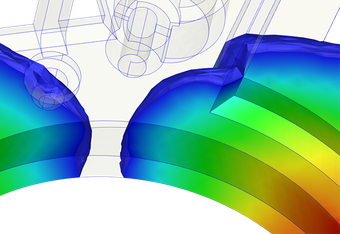 More +
More +Complete 3D filling simulation for everyone
-
 More +
More +Specialities to be considered when measuring thermosets
-
 More +
More +ISIT 2021 – the online conference
-
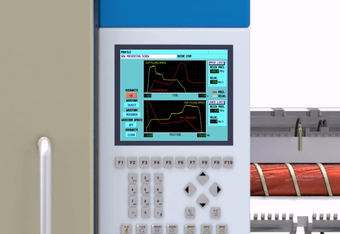 More +
More +Integrating physical injection molding into the virtual world
-
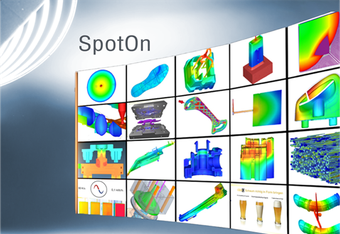 More +
More +SpotOn & Action!!! – SimpaTec’s new free events series …
-
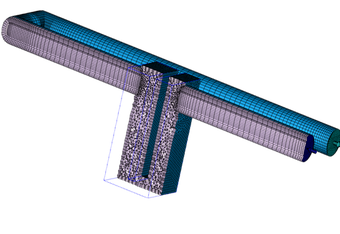 More +
More +Cooling system as a combination of geometry and lines
-
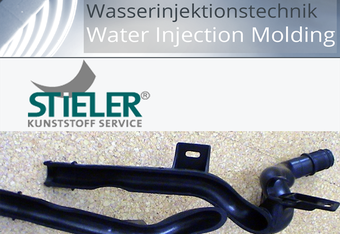 More +
More +SpotOn “Water Injection Molding“
-
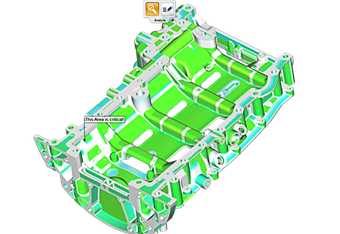 More +
More +Visualize, analyze and share using the 3D_Analyzer
-
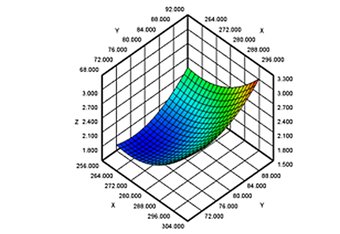 More +
More +Moldex3D DOE (Design of Experiment)
-
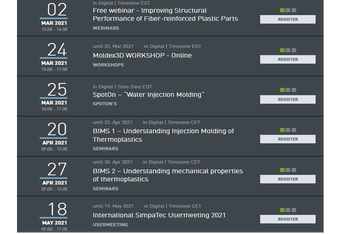 More +
More +Increased focus on English events
-
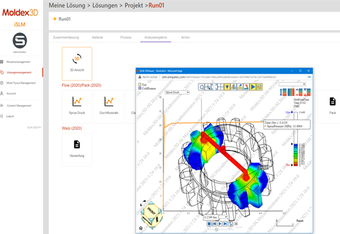 More +
More +Easily manage and analyze mold simulation data for your entire business
-
 More +
More +Moving line ends
-
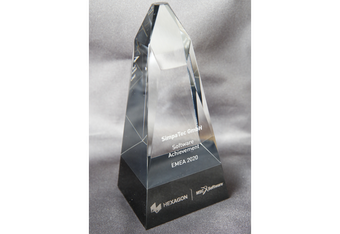 More +
More +SimpaTec receives E.M.E.A. Business Award 2020 for exceptional performances
-
 More +
More +International Usermeeting on May 18 and 19, 2021 - Date set, it will be digital
-
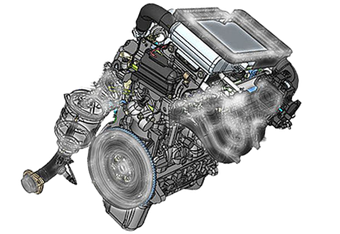 More +
More +3D_Evolution CAD Converter
-
 More +
More +Optimization of the wall thickness distribution using T-SIM
-
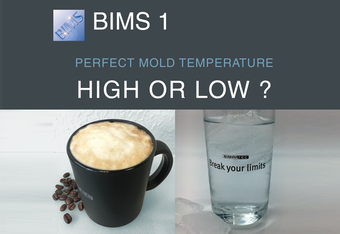 More +
More +Digital BIMS Seminars in April 2021 - not mere words!
-
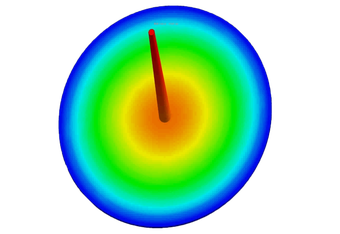 More +
More +Precise analyses with the Moldex3D ICM module
-
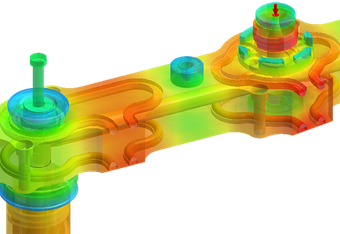 More +
More +Moldex3D Advanced Hot Runner
-
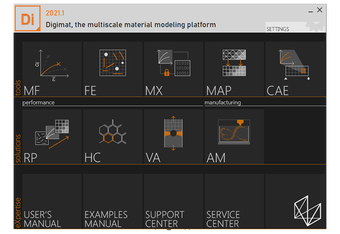 More +
More +Digimat 2021.1 - New functionalities and features
-
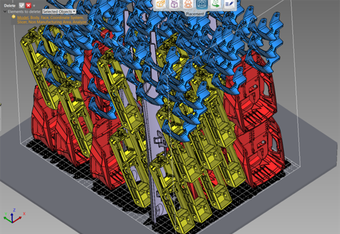 More +
More +CAx solutions for 3D printing
-
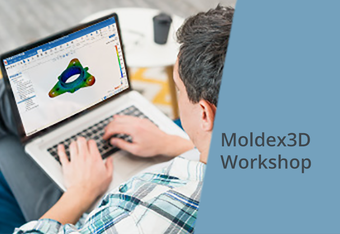 More +
More +Detect errors early and efficiently!
-
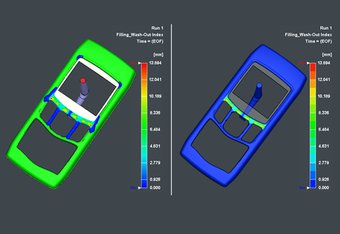 More +
More +Foil back molding or In Mold Decoration (IMD) refines your components
-
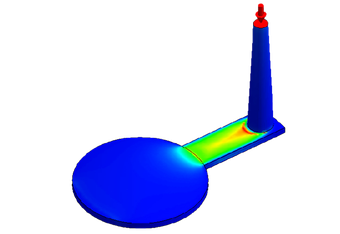 More +
More +Coupled Viscoelasticity Flow Analysis
-
 More +
More +Dr. Vito Leo - benefit from over 30 years of expertise in plastics!
-
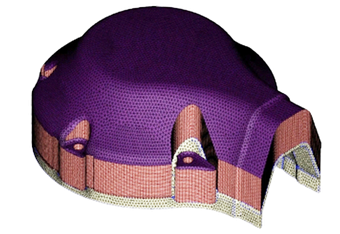 More +
More +Now available Moldex3D 2020 R4!
-
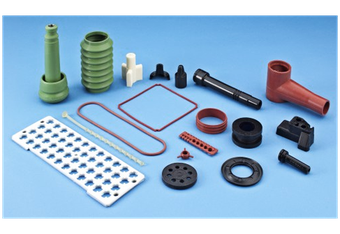 More +
More +Liquid Silicone Rubbers (LSR)
-
 More +
More +Fluid-assisted Injection Molding with Push Back Simulation
-
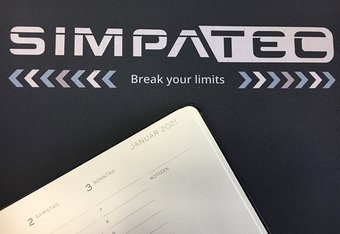 More +
More +Get started for 2021!
-
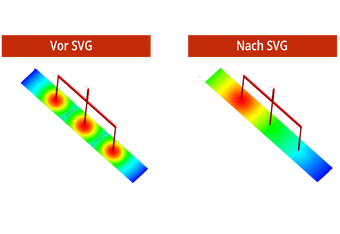 More +
More +Utilizing Sequential Valve Gating to Improve Surface Quality
-
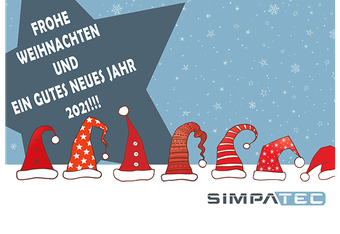 More +
More +Merry Christmas & a healthy 2021!
-
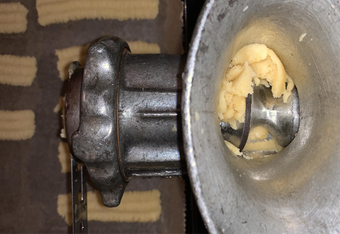 More +
More +Düse ist nicht gleich Düse
-
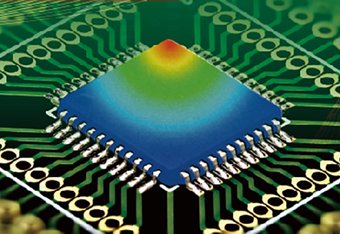 More +
More +Are you well-prepared and up-to-date for 2021?
-
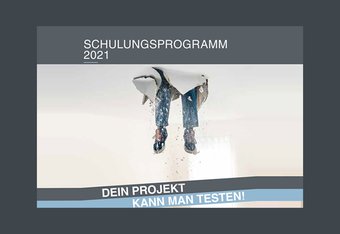 More +
More +Qualified knowledge transfer 2021
-
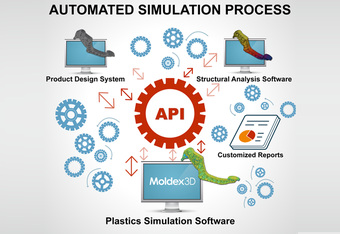 More +
More +Automate simulation tasks with Moldex3D API
-
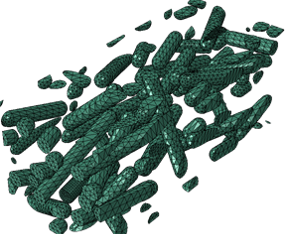 More +
More +Fiber Orientation Prediction Enhancements
-
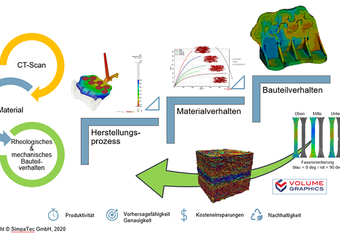 More +
More +Validation & verification of material & structural behavior using computer tomography
-
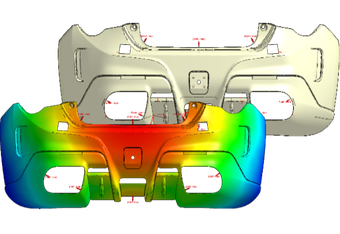 More +
More +QUICK FLOW Analysis in Moldex3D
-
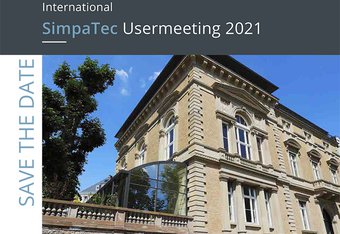 More +
More +International Usermeeting 2021, May 18 and 19, 2021, Strasbourg
-
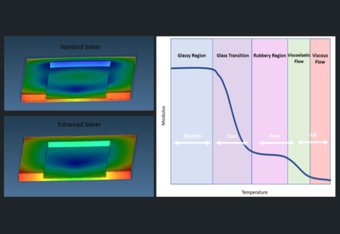 More +
More +Consideration of viscoelasticity in warpage calculations
-
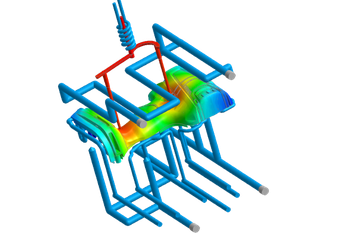 More +
More +Improved and extended cooling simulation in Moldex3D 2020
-
 More +
More +Optimization of the filling process with Moldex3D
-
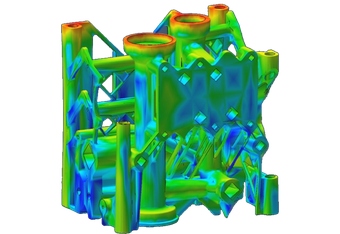 More +
More +Take your 3D printing to a whole new level!
-
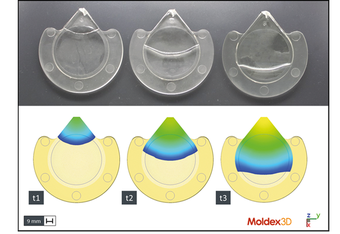 More +
More +The perfect PERSPECTIVE!
-
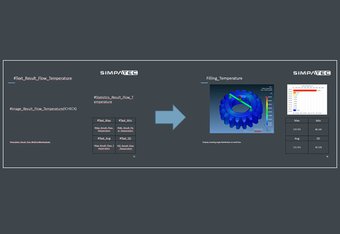 More +
More +Automated report generation for your simulations
-
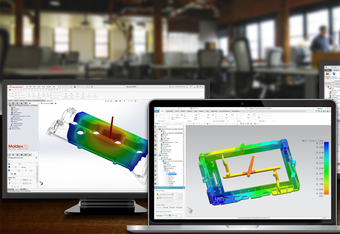 More +
More +The link to 'Smart Manufacturing' - Moldex3D SYNC
-
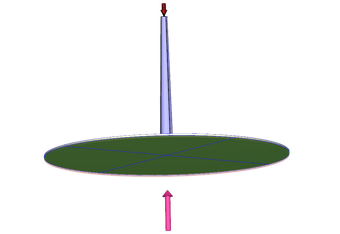 More +
More +Optimized components using the injection compression molding process
-
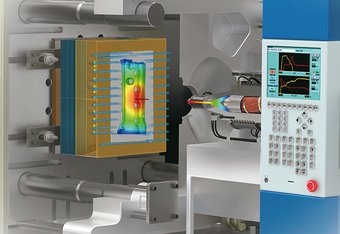 More +
More +Moldex3D 2-DAY-WORKSHOP - now as Online-Courses available!
-
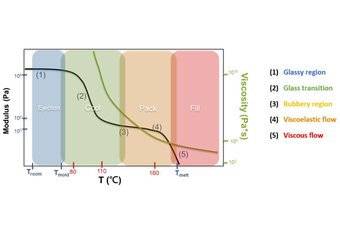 More +
More +Successful Viscoelastic Flow Simulation Requires Reliable Rheological Data
-
 More +
More +Uuuups, you missed it?!!
-
 More +
More +A look into your system is worthwhile!
-
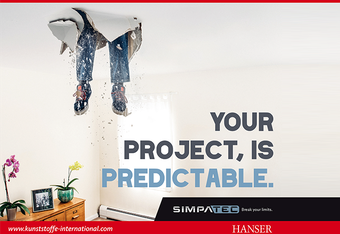 More +
More +Stay grounded!!
-
 More +
More +NOW available Moldex3D 2020 R3!
-
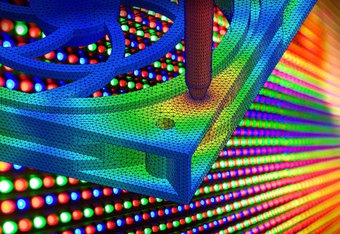 More +
More +“Round the clock” availability
-
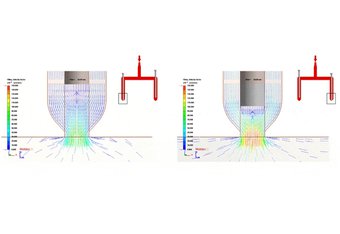 More +
More +Improved analysis options in hot runner technology
-
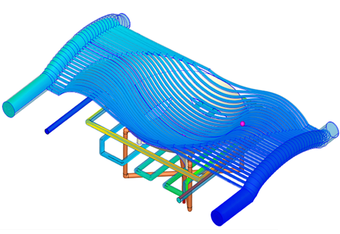 More +
More +"Moldex3D at the 2nd Wirth Innovation Day - gratifying presence"
-
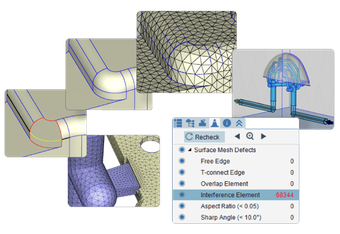 More +
More +New Mesh Tools in Moldex3D 2020
-
 More +
More +STL geometry from a polyline with the "getrnrskin" command
-
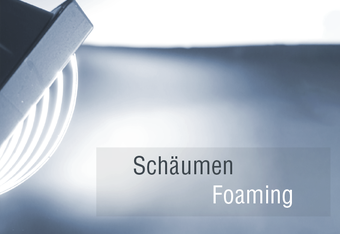 More +
More +Now it's really getting bubbly - Spot On – “Foaming“
-
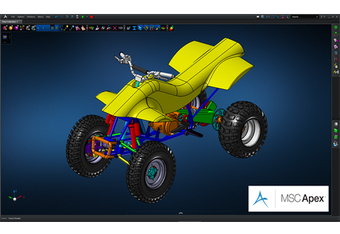 More +
More +NOW available - 14-day free trial period for MSC Apex!
-
 More +
More +"BIMS - Aha-experiences & valued insights for the injection molding daily work routine!"
-
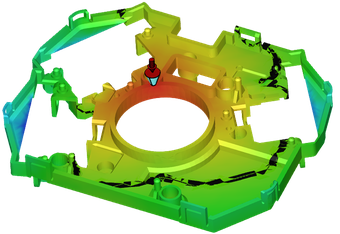 More +
More +Positioning of injection points should be carefully considered
-
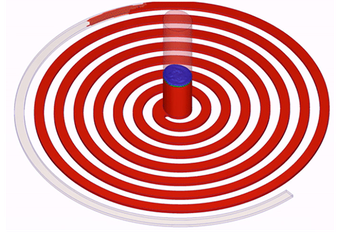 More +
More +Comprehensive advanced features for RTM and chemical foaming
-
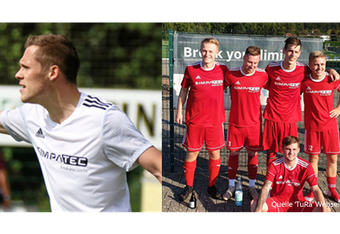 More +
More +TuRa now more than ever ... we keep our fingers crossed for you!
-
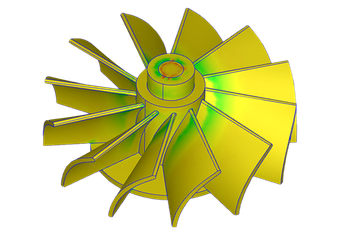 More +
More +Specaial process - Powder Injection Molding
-
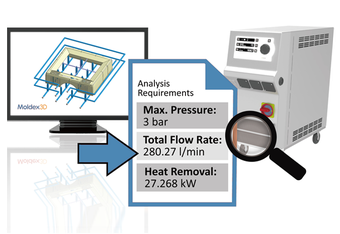 More +
More +Mold Temperature Controller Advisor
-
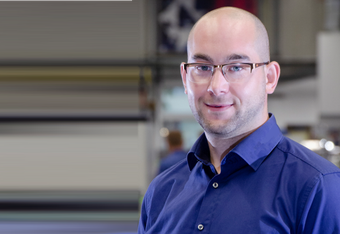 More +
More +Growth within the sales team
-
 More +
More +Requirements regarding the mechanical material card for optimal quality results for FE analyses
-
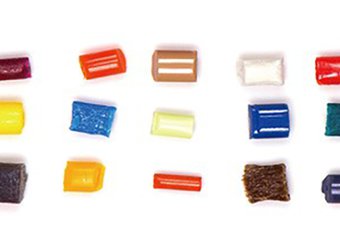 More +
More +'Feed' your database
-
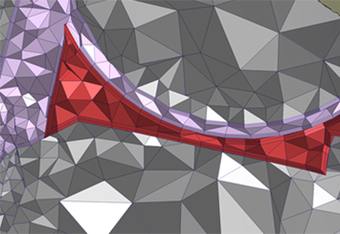 More +
More +Solver +20% faster in Moldex3D 2020!
-
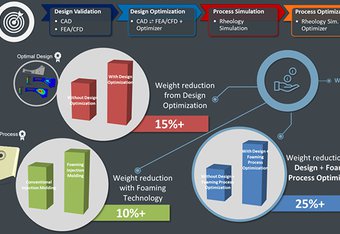 More +
More +Components optimized, cost-efficient and dimensionally stable - with SmartDO!
-
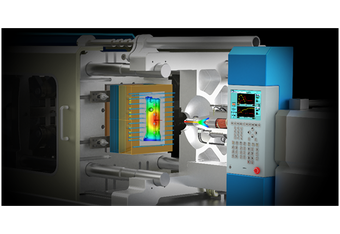 More +
More +Moldex3D Machine Characterization – Free Trial Program
-
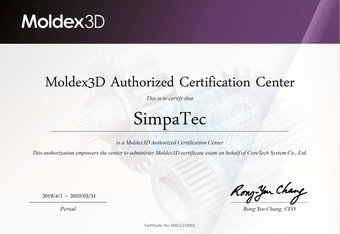 More +
More +Moldex3D 'Analyst' Online Certification Course
-
 More +
More +Injection Compression Molding Process
-
 More +
More +The way to a deeper analysis and a better understanding
-
 More +
More +Considering Expansion Ratio in PU Chemical Foaming Analysis
-
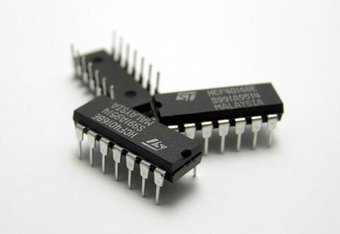 More +
More +Specialities to be considered when measuring reactive materials
-
 More +
More +Moldex3D 2020 - "Goes beyond simulation"
-
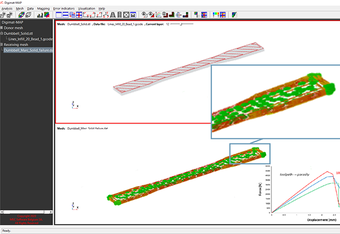 More +
More +Digimat-MAP 2020 - has extended its range
-
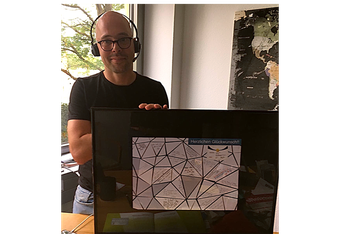 More +
More +Cristoph - the „Moldex3D-MASTER“ …
-
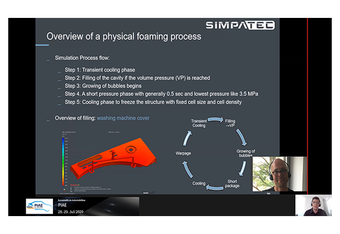 More +
More +Digital workshop by SimpaTec on PIAE 2020 Workshop
-
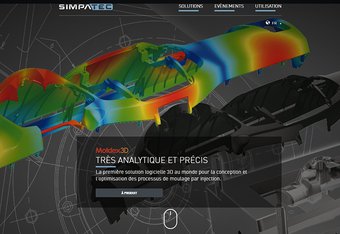 More +
More +A new milestone – SimpaTec.com now also in French
-
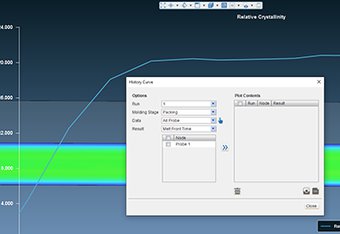 More +
More +Navigate crystallization values
-
 More +
More +Moving line ends
-
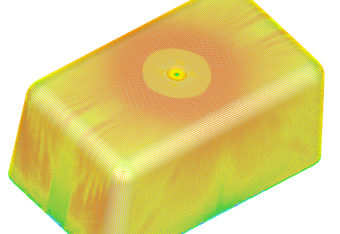 More +
More +Flow-fiber coupling analysis
-
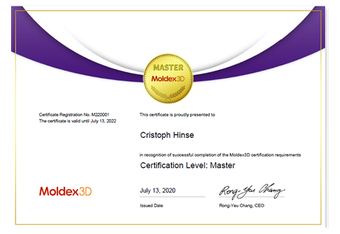 More +
More +FIRST awardee to receive the 'Moldex3D Master Certificate'
-
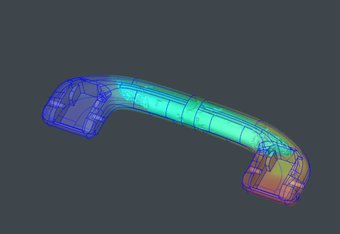 More +
More +Simulate fluid injection molding processes - Moldex3D GAIM/WAIM
-
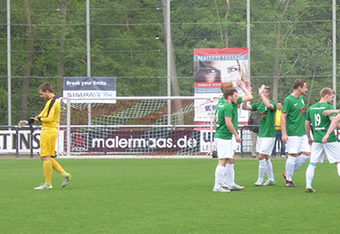 More +
More +'The ball is back in play 😊!! ...'
-
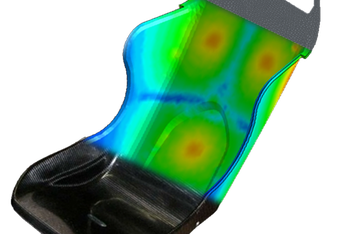 More +
More +Simulation of RTM Components
-
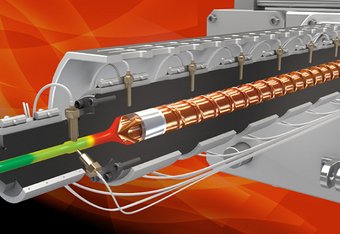 More +
More +Anticipation - Moldex3D 2020 with German language package
-
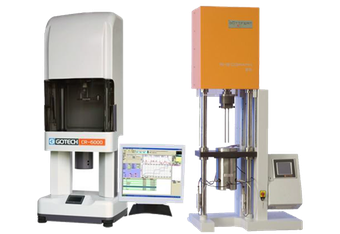 More +
More +Quality of material data
-
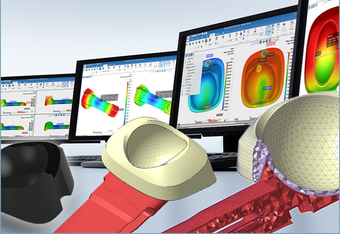 More +
More +A good simulation starts with the filling
-
 More +
More +SmartDO - Design and Process Optimization
-
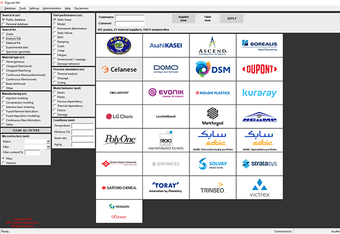 More +
More +Digimat-MX 2020 - now with revised GUI !
-
 More +
More +„BIMS Online Courses“
-
 More +
More +iSLM - intelligent data management platform
-
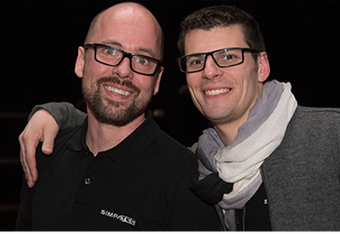 More +
More +„C‘est la vie – how time flies“
-
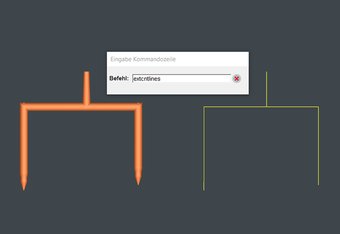 More +
More +Automatically generate center lines
-
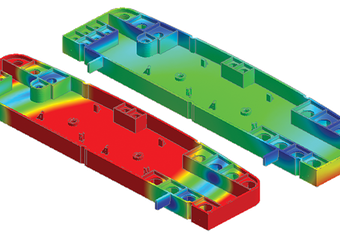 More +
More +Moldex3D DOE - now available in Studio!
-
 More +
More +Moldex3D Advanced Hot Runner
-
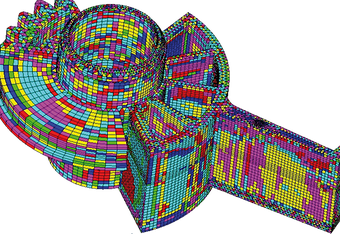 More +
More +Moldex3D FEA interface
-
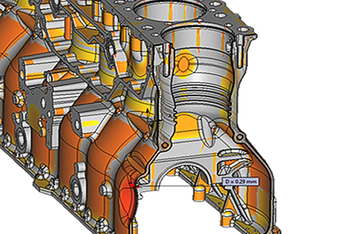 More +
More +3D_Analyzer
-
 More +
More +Eager to find out more - FOLLOW US!
-
 More +
More +More is Less
-
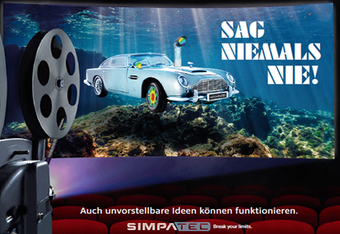 More +
More +Go Live – Break your limits!
-
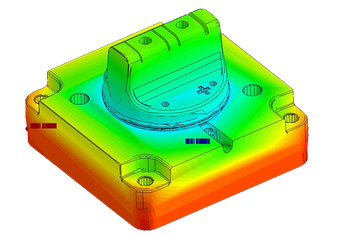 More +
More +3D-gedruckte Einsätze
-
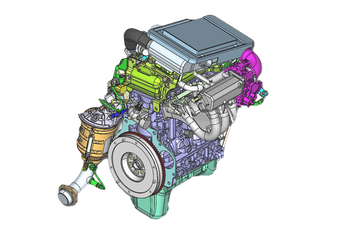 More +
More +3D_Evolution CAD Converter
-
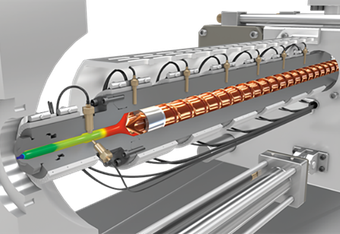 More +
More +Special webinar series 'Moldex3D 2020' - exclusively for you, our users
-
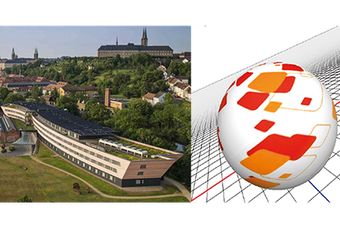 More +
More +#stayathome - keine Großveranstaltungen mehr in 2020
-
 More +
More +Team strengthening with a new CTO
-
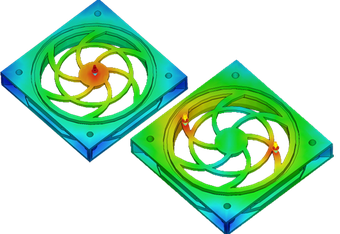 More +
More +How to find the IDEAL gate location!?
-
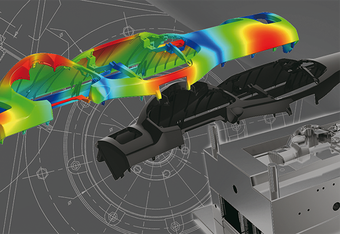 More +
More +Moldex3D WORKSHOP - now as Online-Courses available!
-
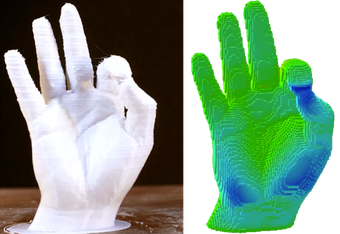 More +
More +3D printing reaches a new level of efficiency and performance
-
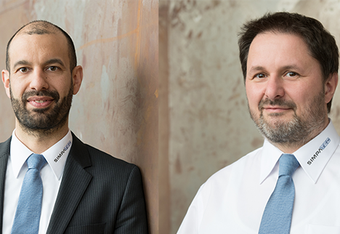 More +
More +SimpaTec announces reinforcement of the management
-
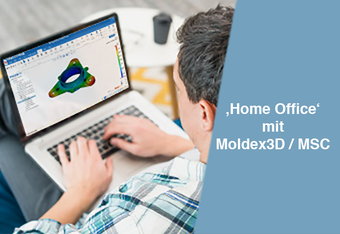 More +
More +"The WHEEL" keeps on turning ...
-
 More +
More +We remain available for you!
-
 More +
More +Training opportunities NOW online!
-
 More +
More +French SimpaTec Usermeeting - New date!
-
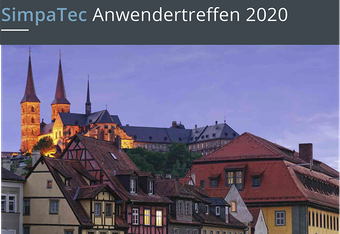 More +
More +SimpaTec Usermeeting - POSTPONED!
-
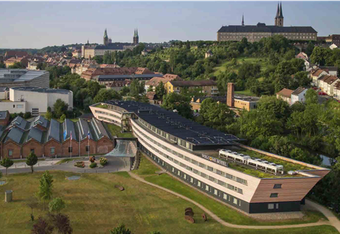 More +
More +AGENDA is fix!!
-
 More +
More +NOW integrated into Moldex3D R17 ...
-
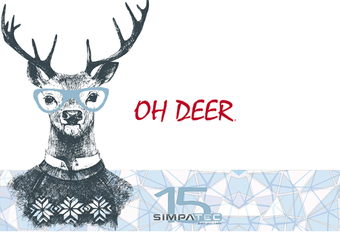 More +
More +OH DEER! ...
-
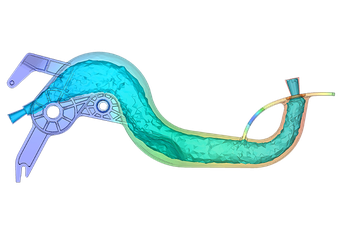 More +
More +Trailblazing new features and functions – Moldex3D R17
-
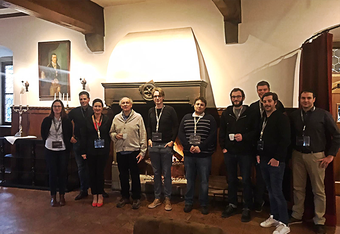 More +
More +Full of Praise !!!
-
 More +
More +COMPLETELY NEW - Single-Day- Workshops
-
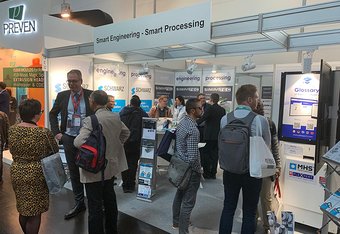 More +
More +K 2019 - Erfolg auf ganzer Linie
-
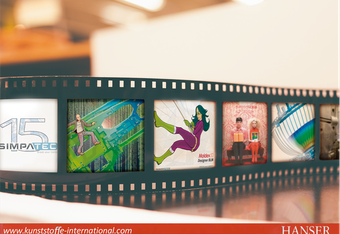 More +
More +Final Action - and Cut!
-
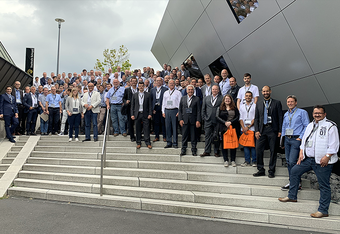 More +
More +A great and succesful (Mi)Day !!!
-
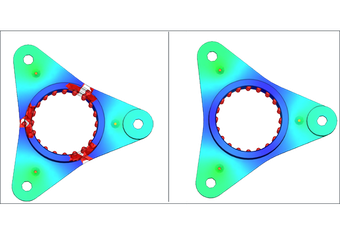 More +
More +SimpaTec - Innovative Methods and Solution Concepts ...
-
 More +
More +15 years SimpaTec – How time flies ...
-
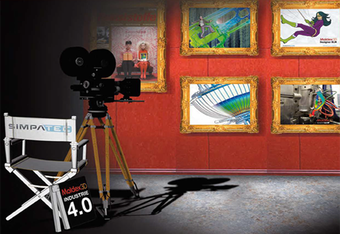 More +
More +Spot on – and Action!
-
 More +
More +Moldex3D R17 - Closing the gap between the physical and virtual worlds
-
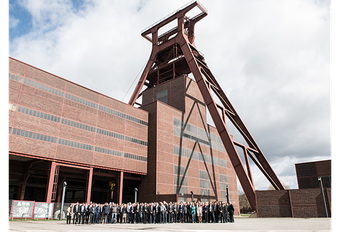 More +
More +„Purely GIGANTIC“
-
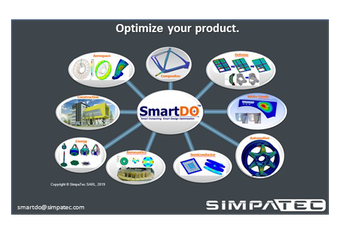 More +
More +SmartDO!
-
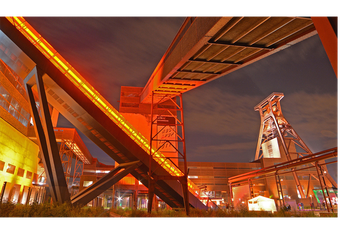 More +
More +CELEBRATE with us ...
-
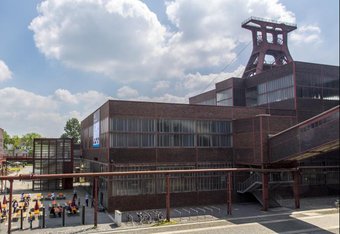 More +
More +Registration Deadline - EXTENDED!!
-
 More +
More +Speaker Spotlight - Philipp Land
-
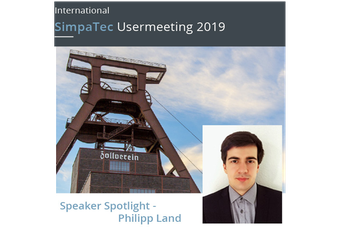 More +
More +Speaker Spotlight - Philipp Land
-
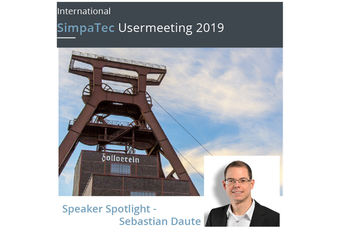 More +
More +Speaker Spotlight - Sebastian Daute
-
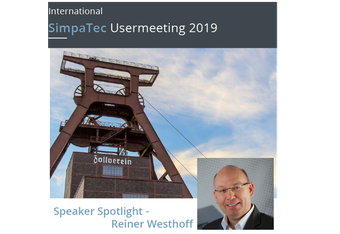 More +
More +Speaker Spotlight - Reiner Westhoff
-
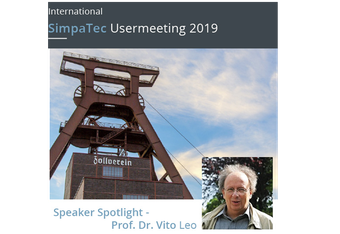 More +
More +Speaker Spotlight - Prof. Dr. Vito Leo
-
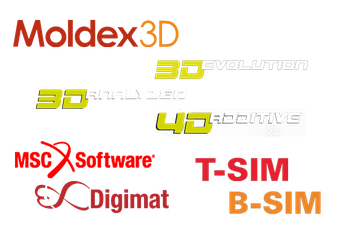 More +
More +ATTENTION! - New support email addresses
-
 More +
More +AGENDA with top class presentations
-
 More +
More +LAST CHANCE to get the 'early bird discount!
-
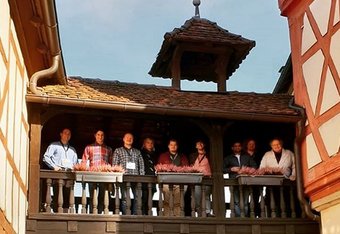 More +
More +Satisfied Participants !!!
-
 More +
More +Happy Holidays & All The Best for 2019!
-
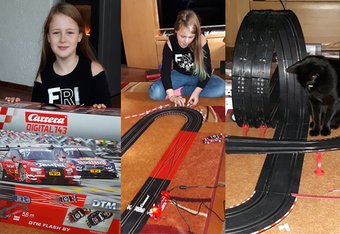 More +
More +By far the YOUNGEST and by far the FASTEST
-
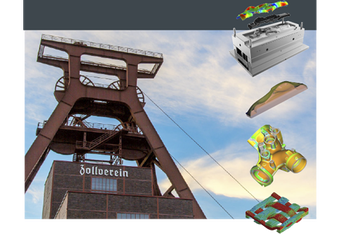 More +
More +Concept opens up new hoizons!
-
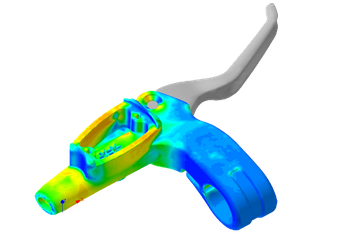 More +
More +Special Goody - Digimat RP Package
-
 More +
More +Santa Claus Promotion - 3D_Analyzer
-
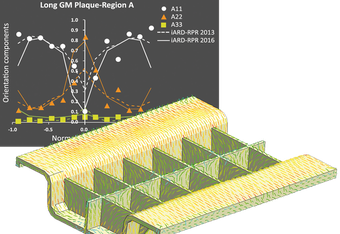 More +
More +Xmas Special - Moldex3D FEA Package
-
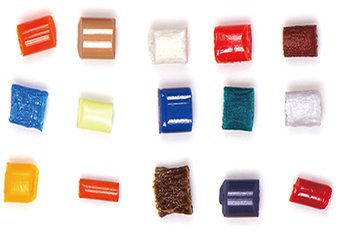 More +
More +Special Promotion - Material Characterization
-
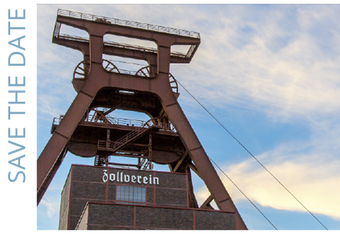 More +
More +SAVE THE DATE
-
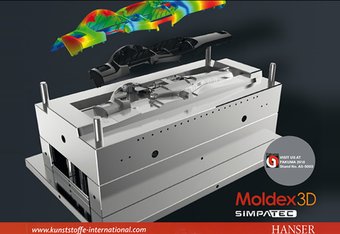 More +
More +Moldex3D – the powerful software solution
-
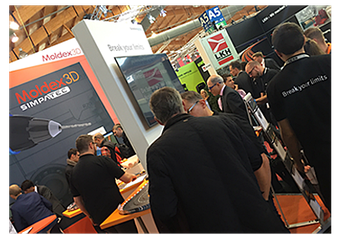 More +
More +BYE BYE - FAKUMA
-
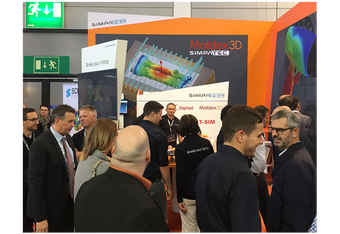 More +
More +FAKUMA in FULL SWING
-
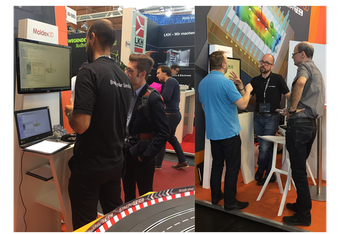 More +
More +'TALKING SHOP' with race atmosphere
-
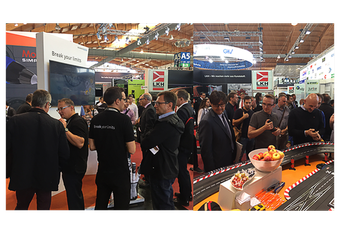 More +
More +Succesfull 'START SIGNAL'
-
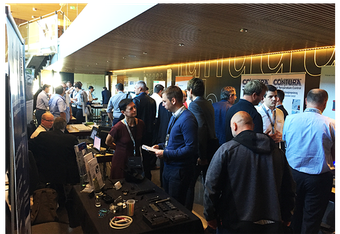 More +
More +Proven event concept is popular
-
 More +
More +The WINNER is ....
-
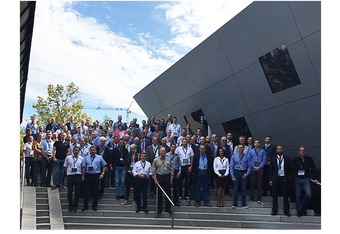 More +
More +GOODBYE and SEE YOU SOON!
-
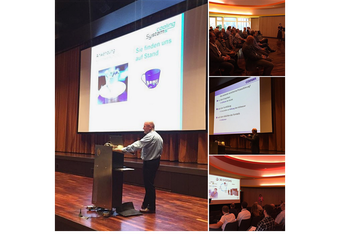 More +
More +PRESENTATIONS MiDay
-
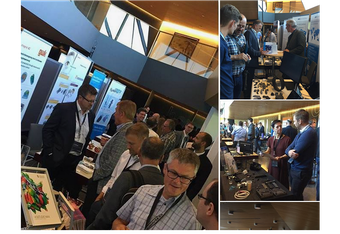 More +
More +EXHIBITION area a true success ...
-
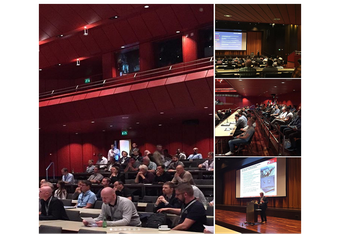 More +
More +'GONG STROKE' at MiDay
-
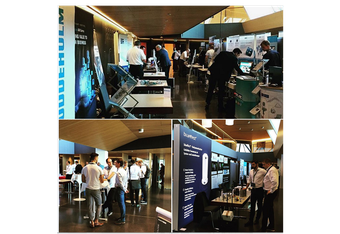 More +
More +READY to GO ...
-
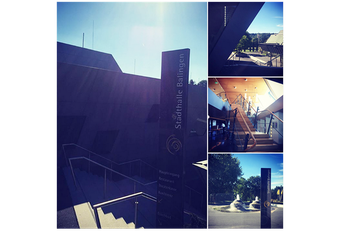 More +
More +Great location!!!
-
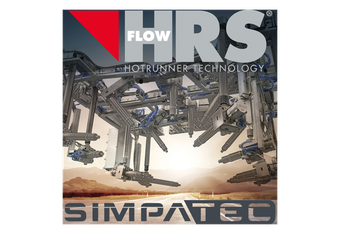 More +
More +Too hot to handle? NO!
-
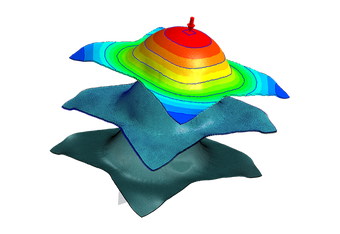 More +
More +Moldex3D R16 - The Next Generation
-
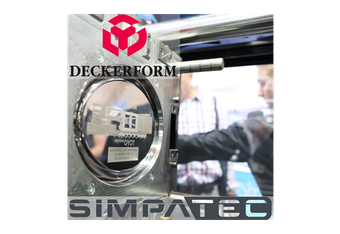 More +
More +Nur ein Hobby?!!
-
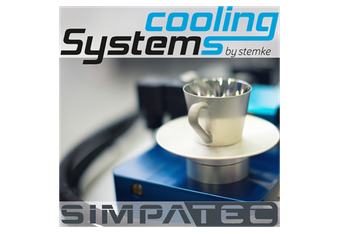 More +
More +HEISS oder lieber kalt?
-
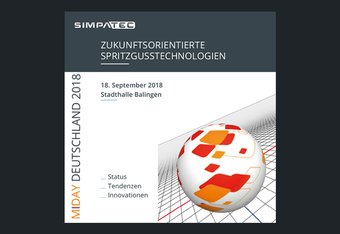 More +
More +SimpaTec’s MiDay
-
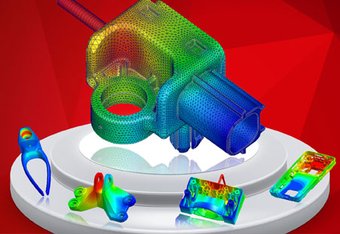 More +
More +Simulation Competition
-
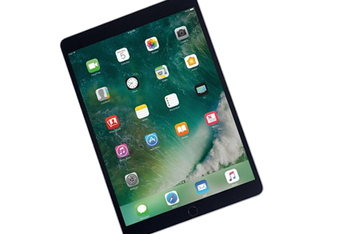 More +
More +SimpaTec Newsletter
-
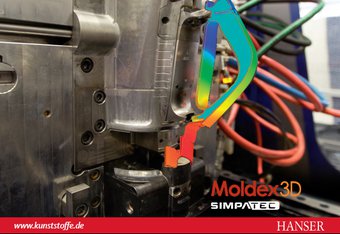 More +
More +The power lies within the water
-
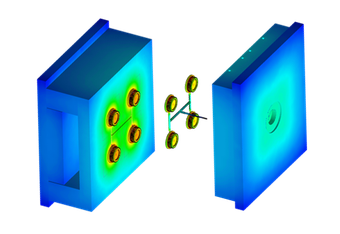 More +
More +Moldex3D R16 inspired by users
-
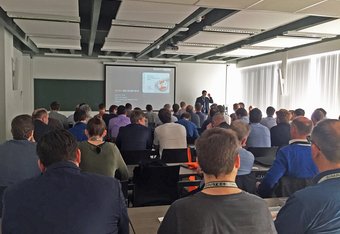 More +
More +MiDay Belgium - Under a sunny spell
-
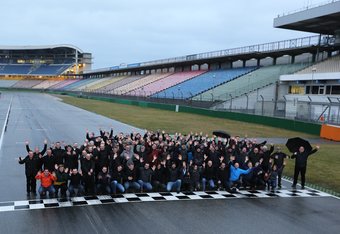 More +
More +Moldex3D Usermeeting on the racetrack
-
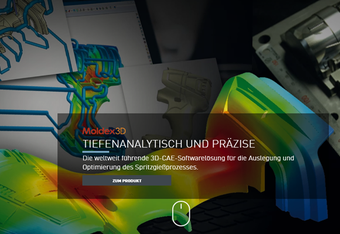 More +
More +Go Live! Now.
-
 More +
More +Moldex3D Usermeeting with 'pole position feeling'
-
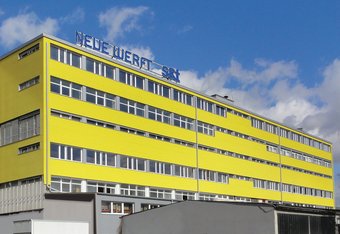 More +
More +Break the limits in Austria
-
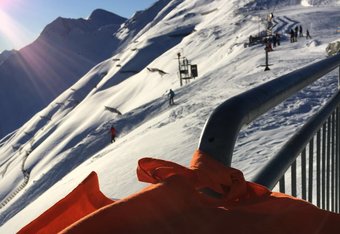 More +
More +Temperature drop for our BYL-Bag
-
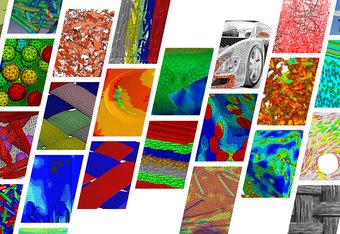 More +
More +New Promising Cooperation with e-Xstream engineering
-
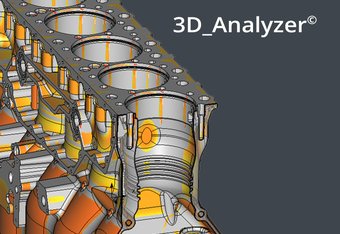 More +
More +3D_Analyzer –perfect display and analysis of all common CAD formats
-
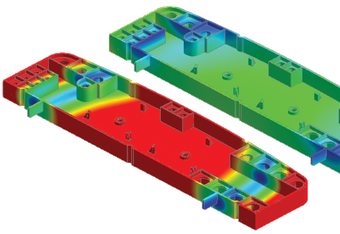 More +
More +Did you already know that Moldex3D Expert DOE …
-
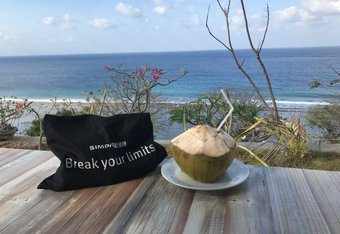 More +
More +Break-your-limits-bag with a light refreshment and the sound of the sea ...
